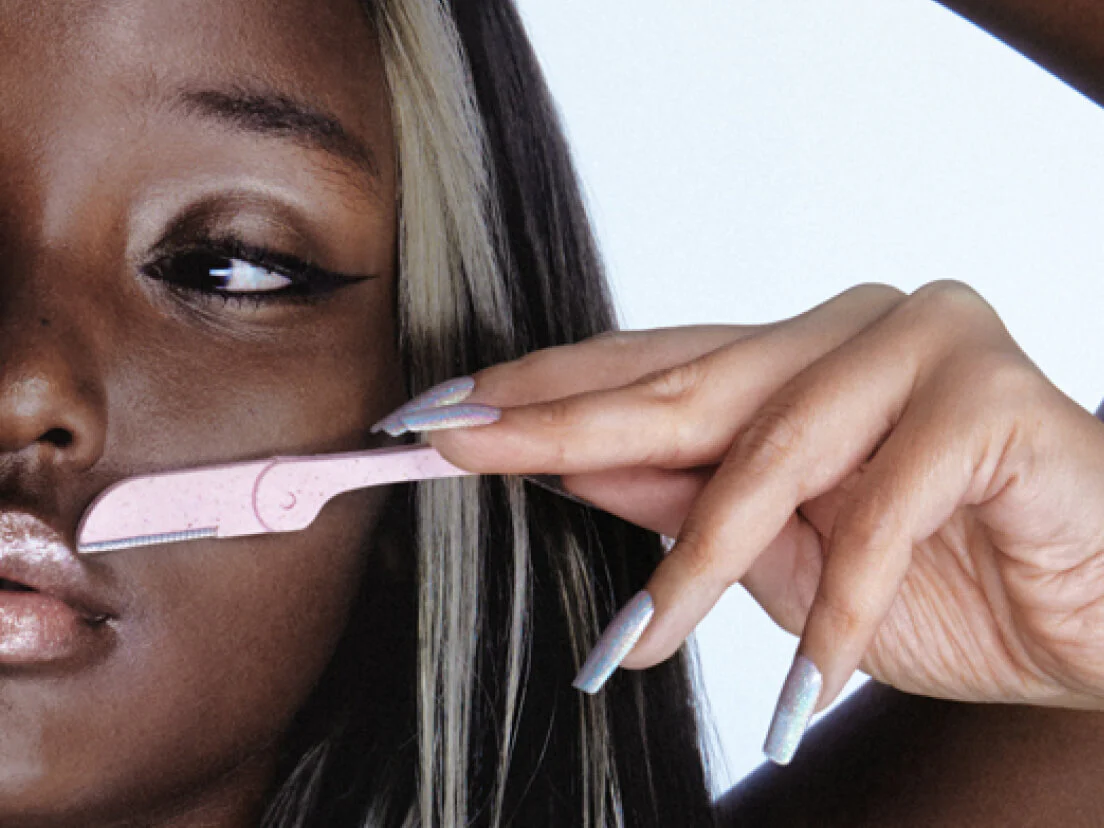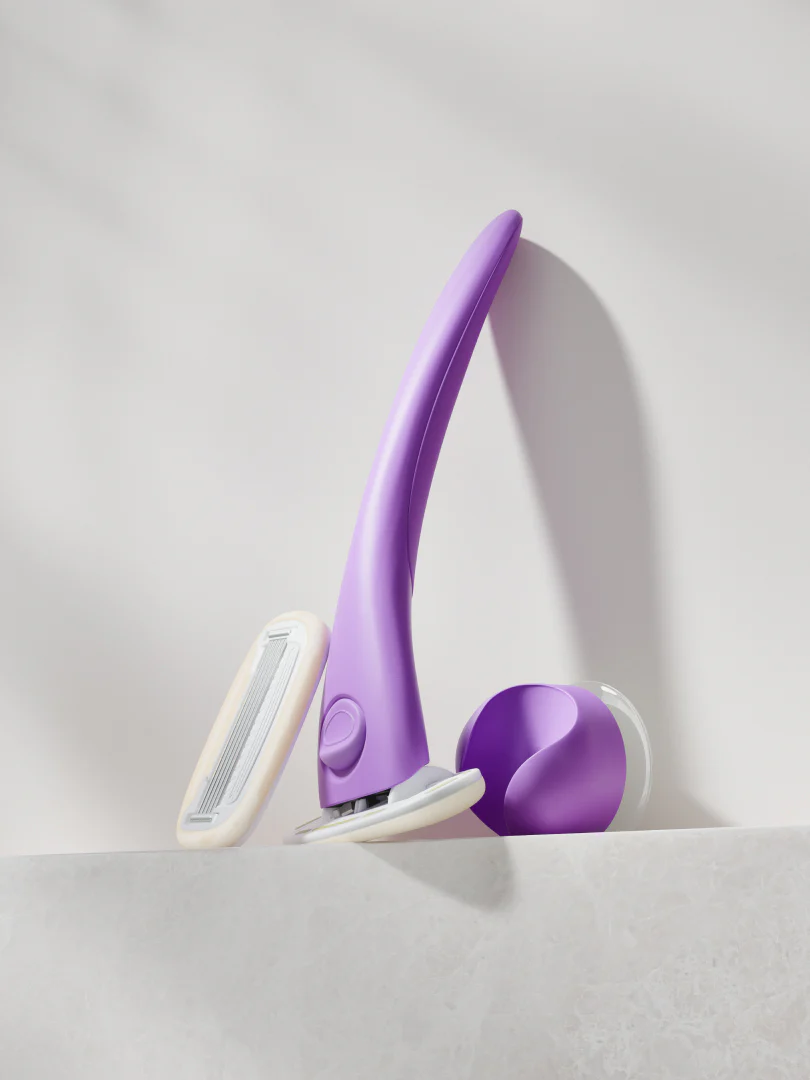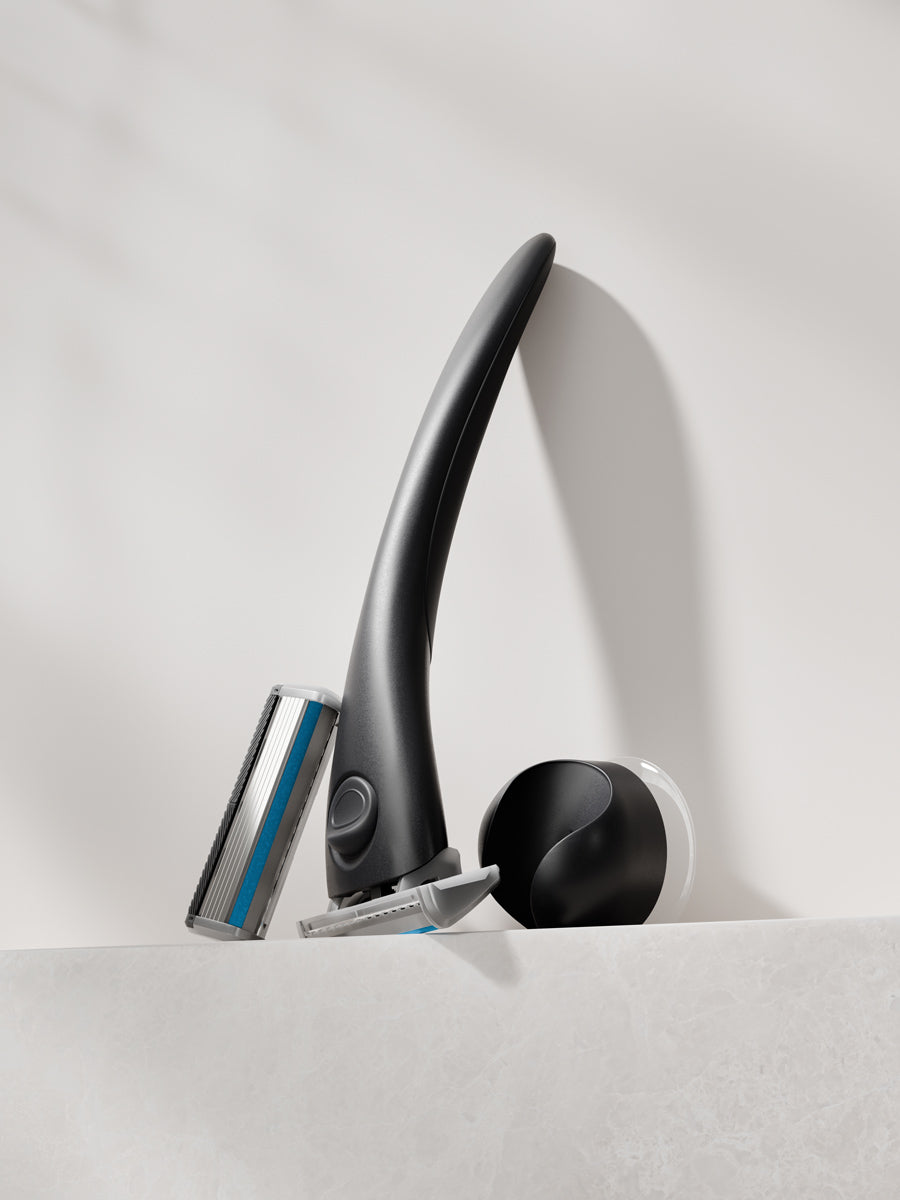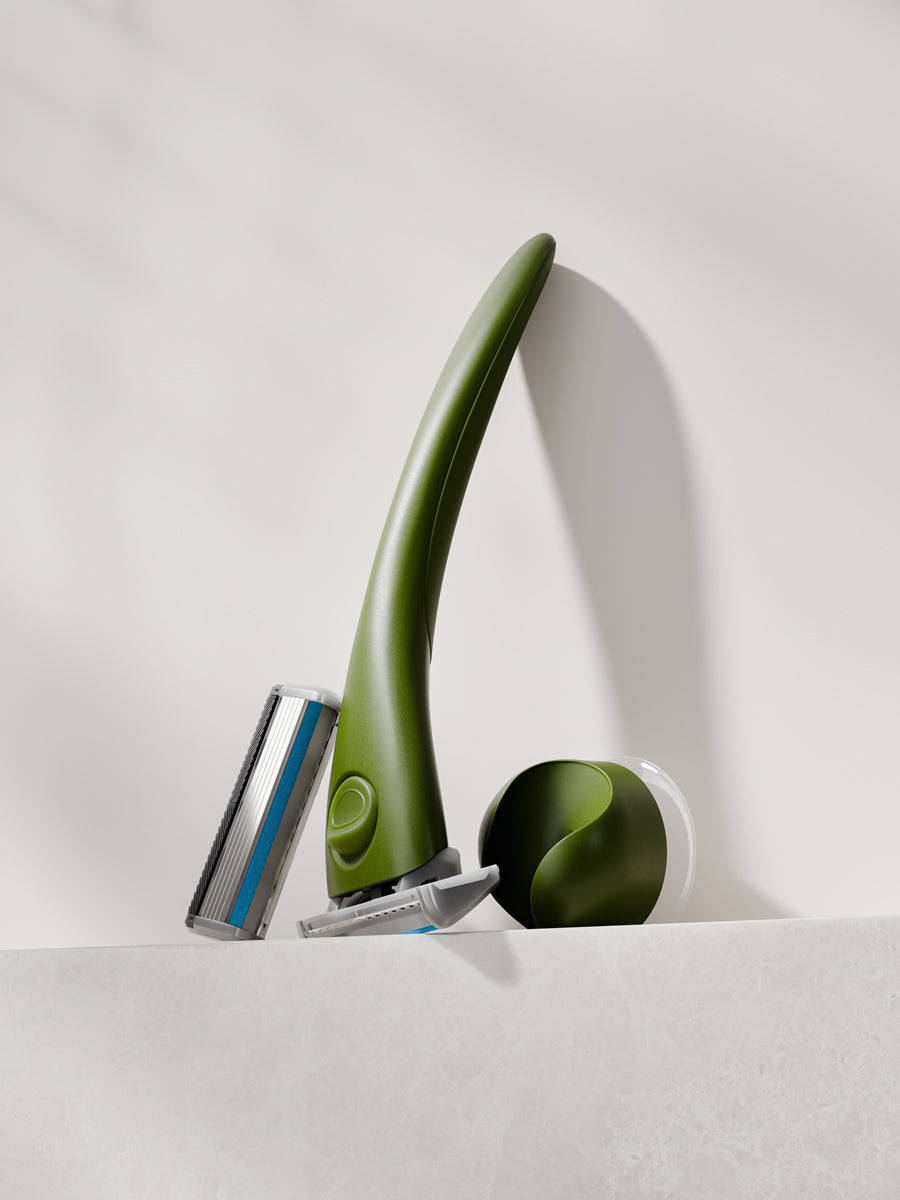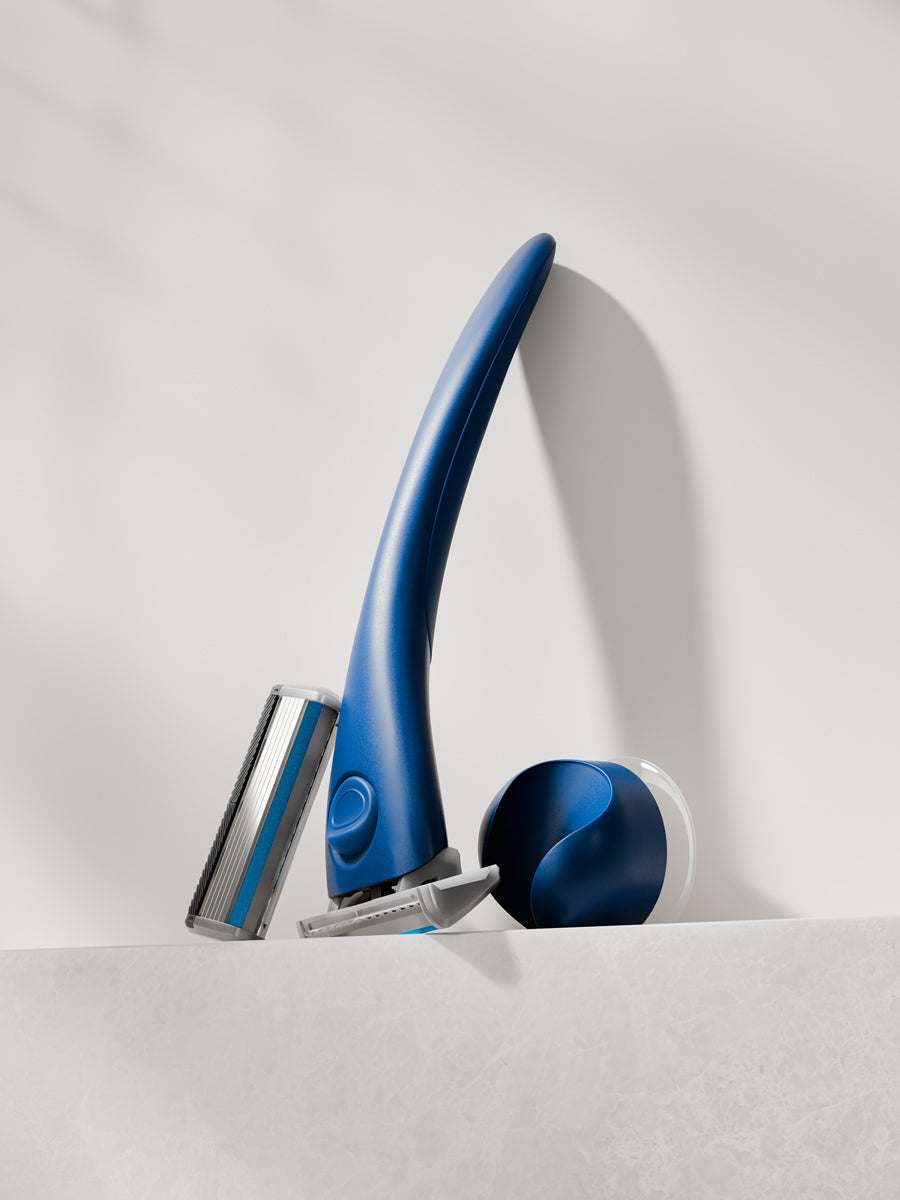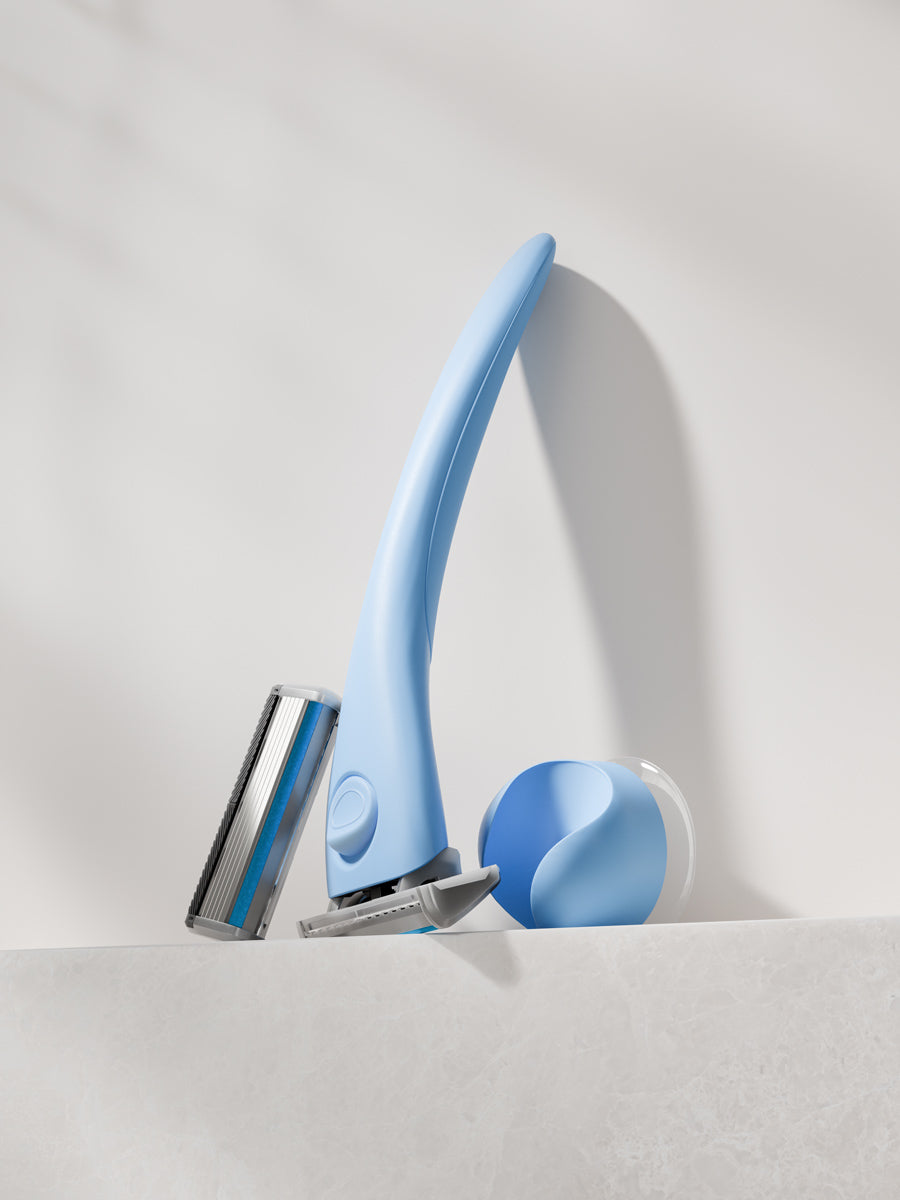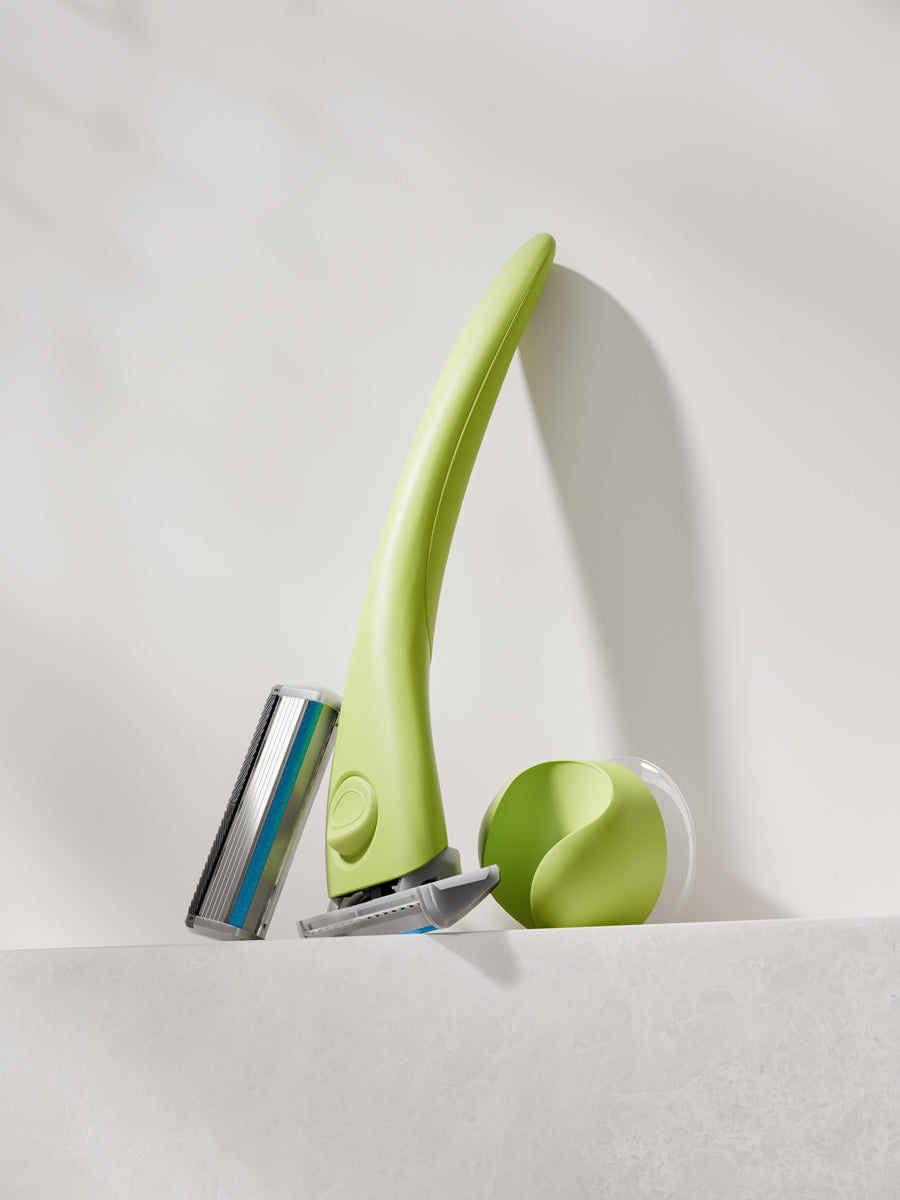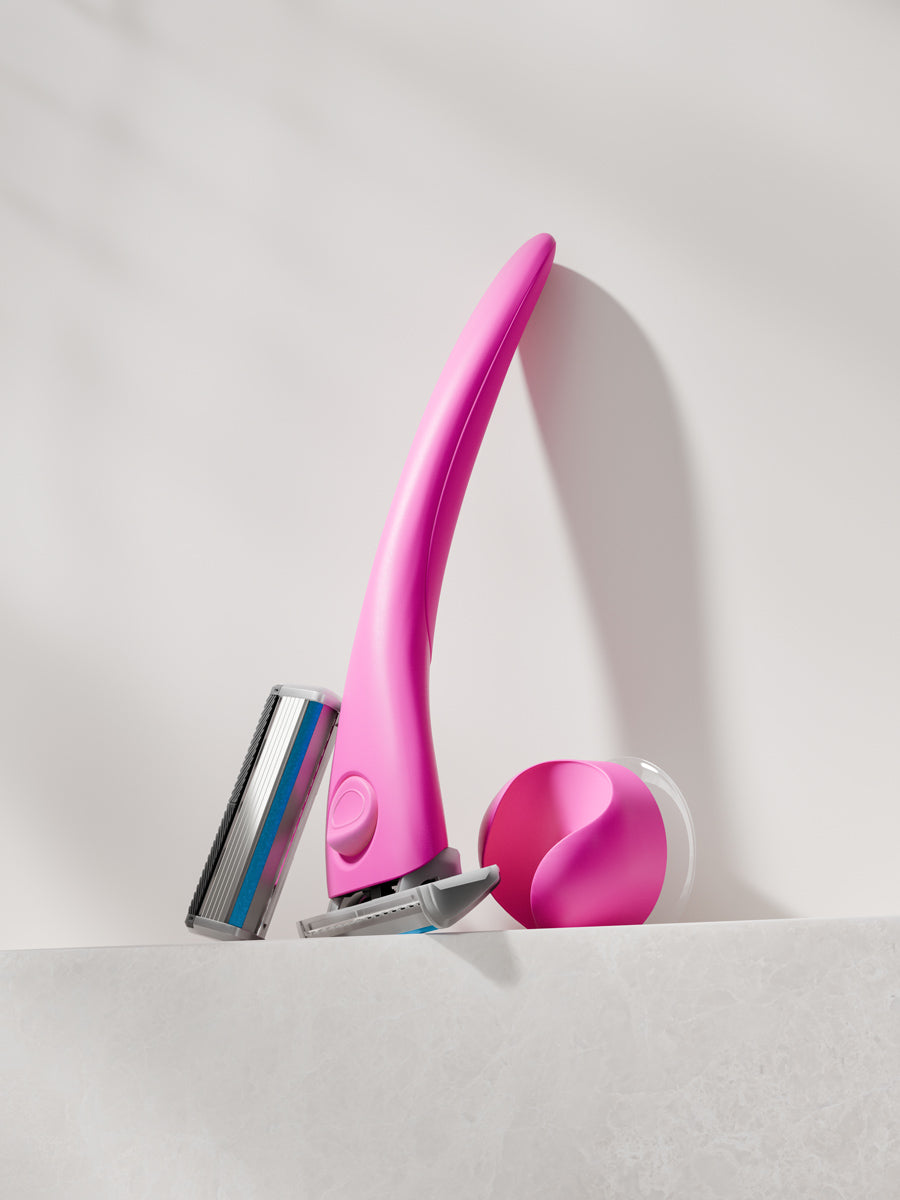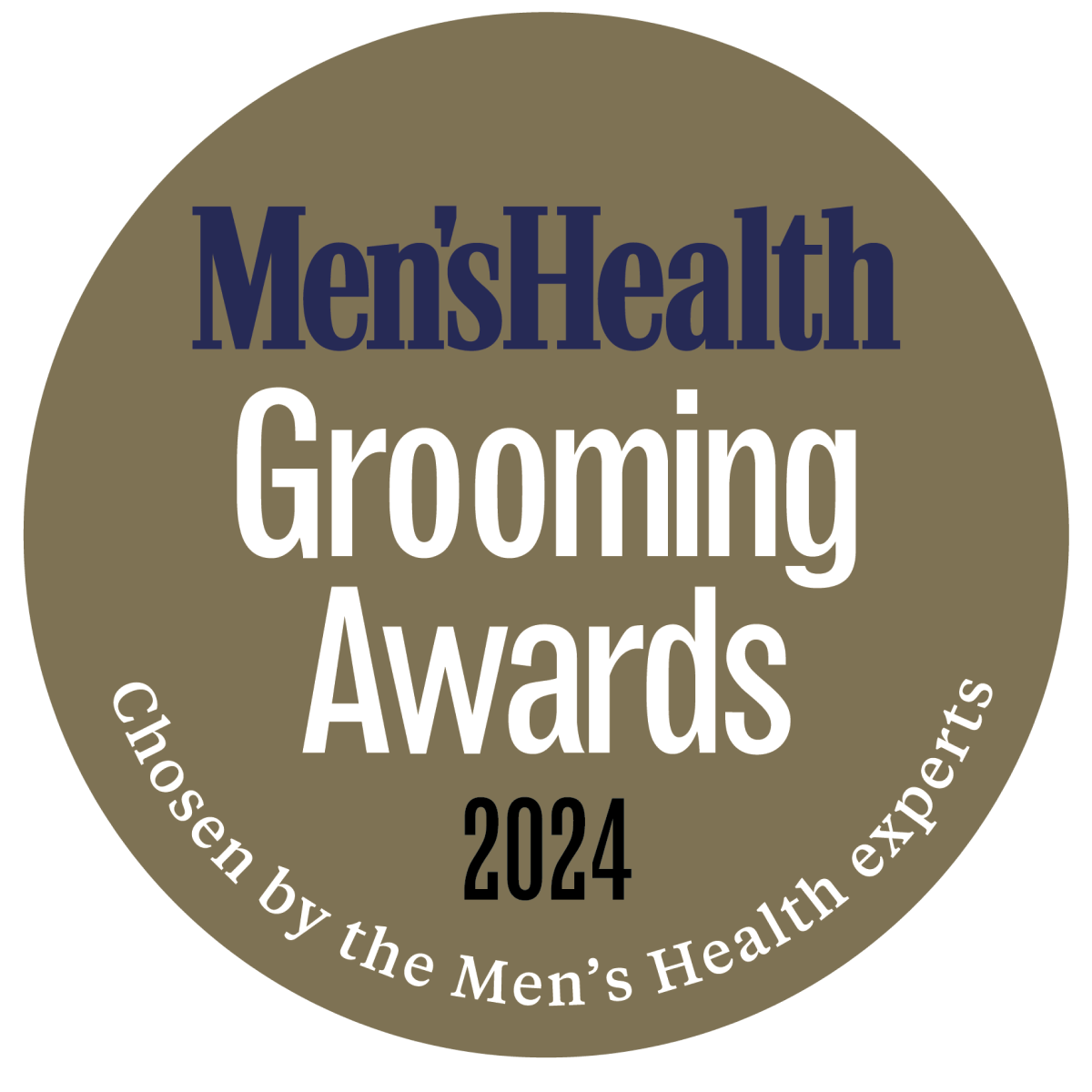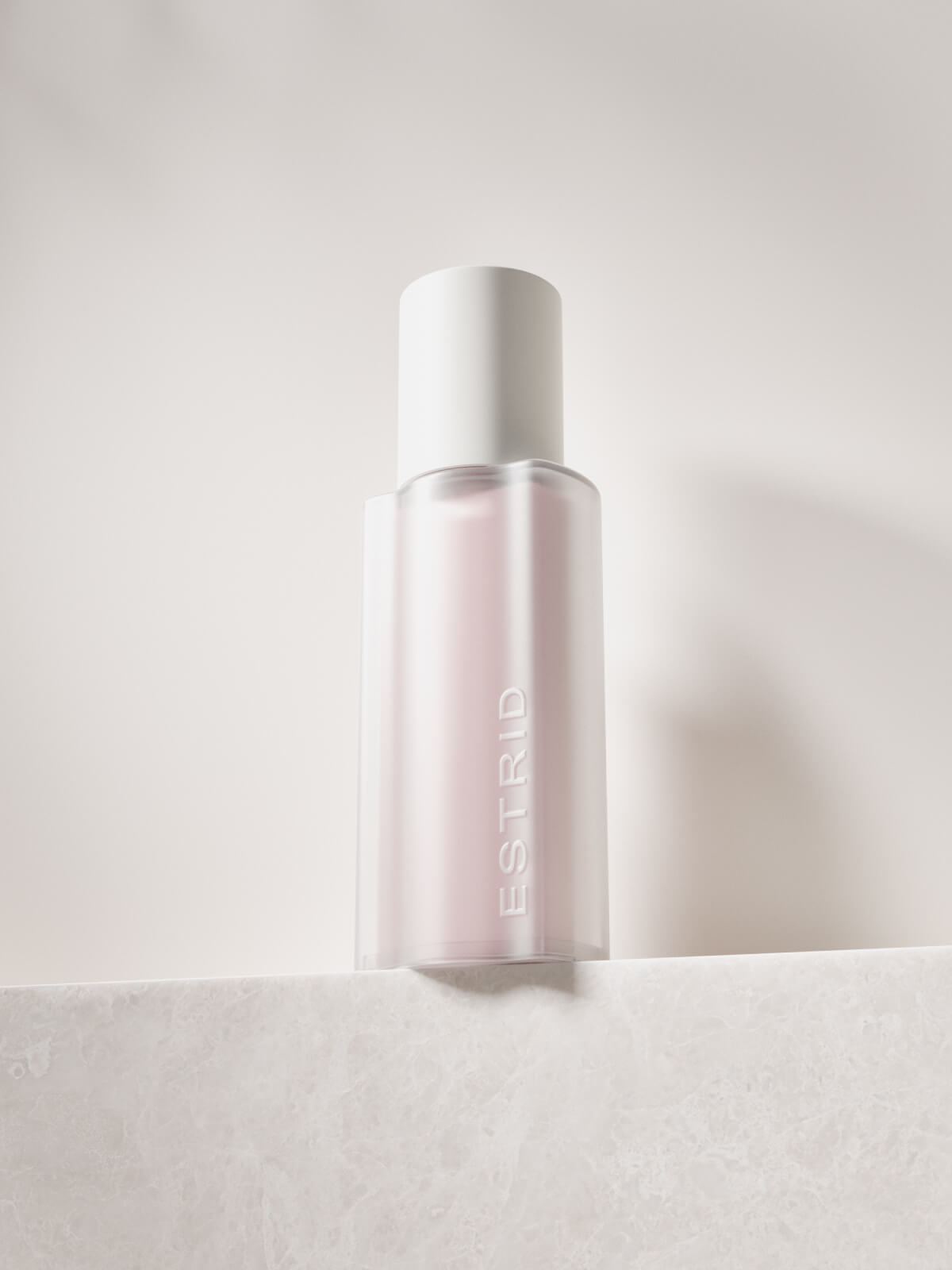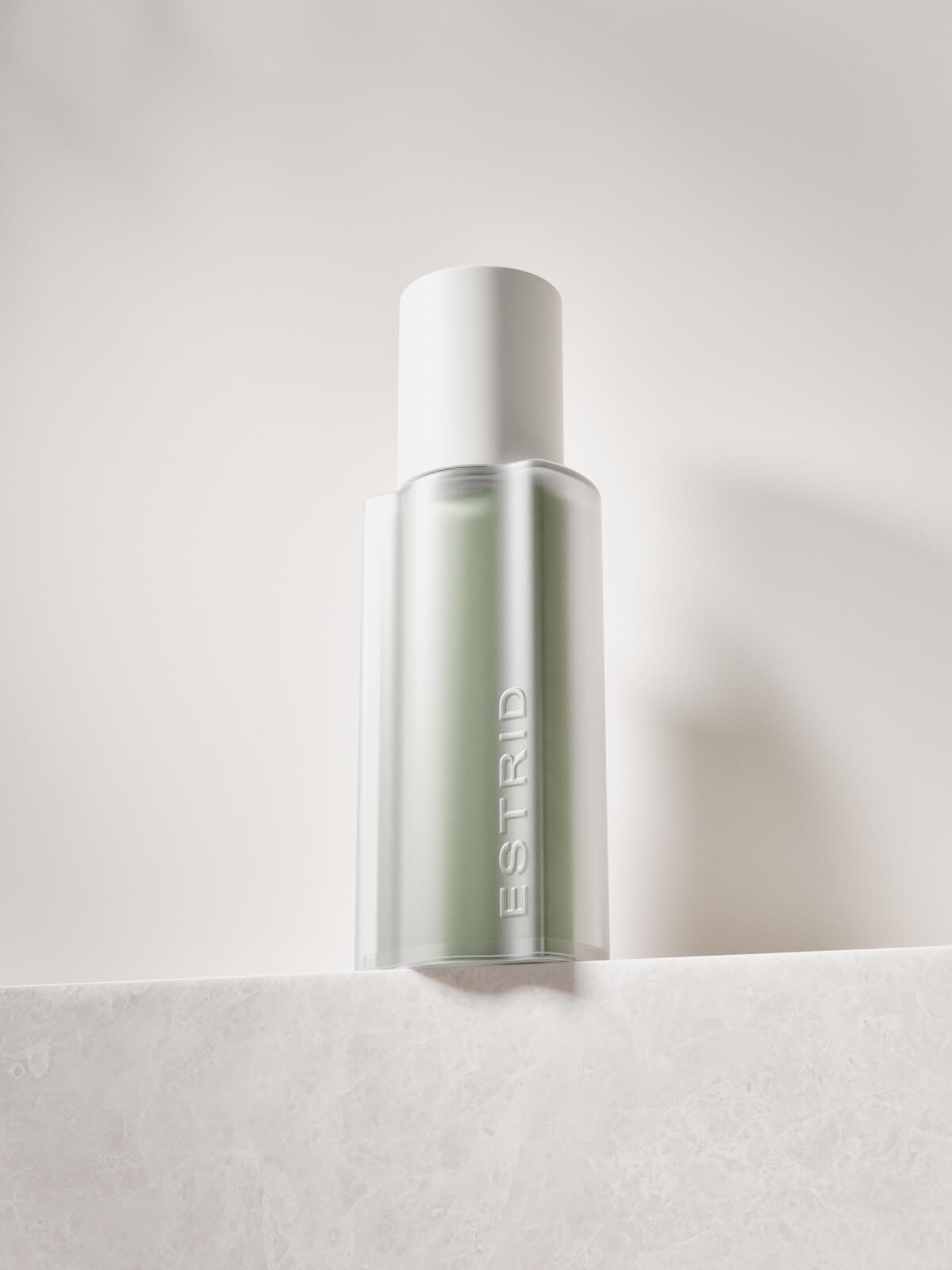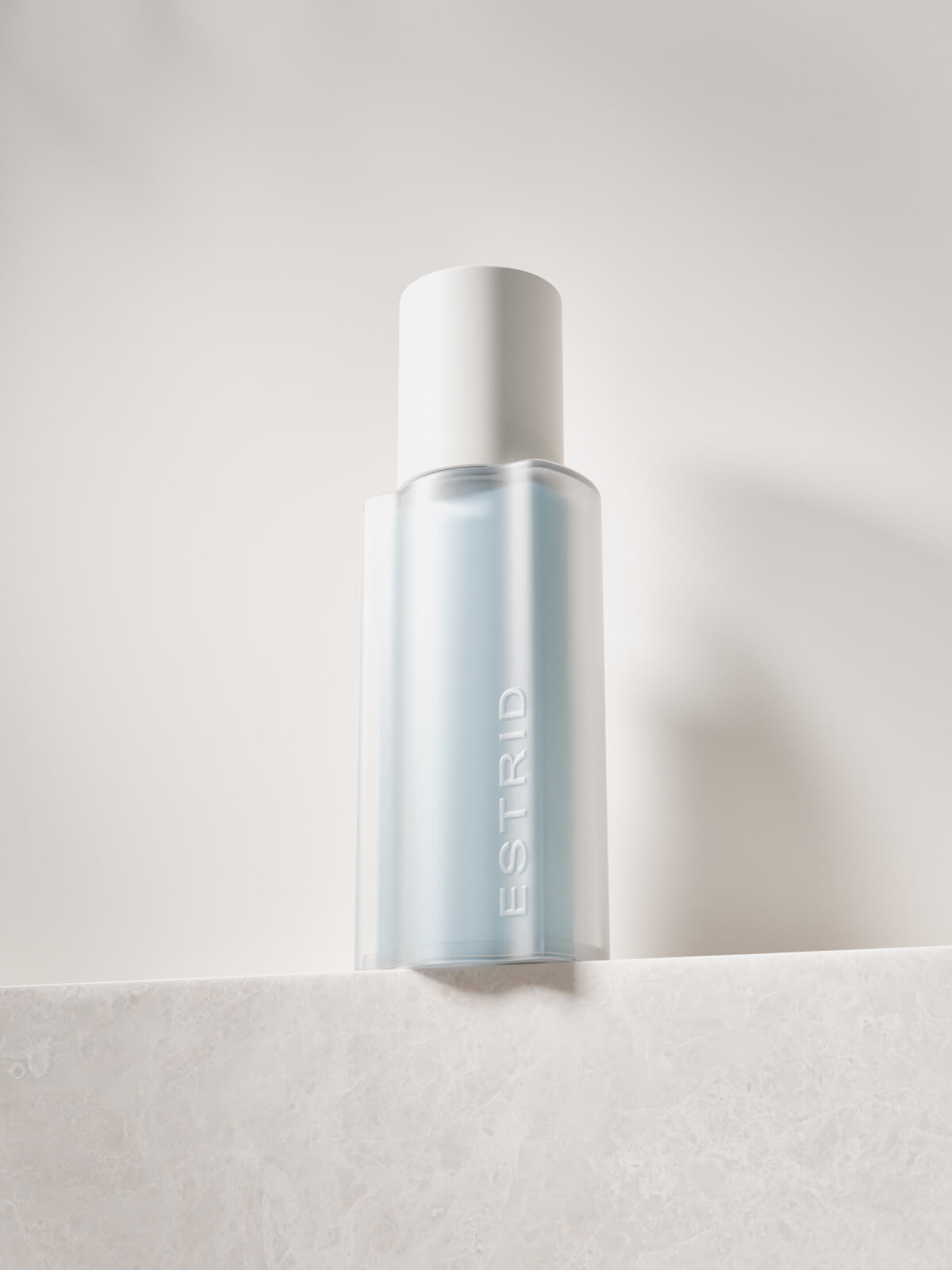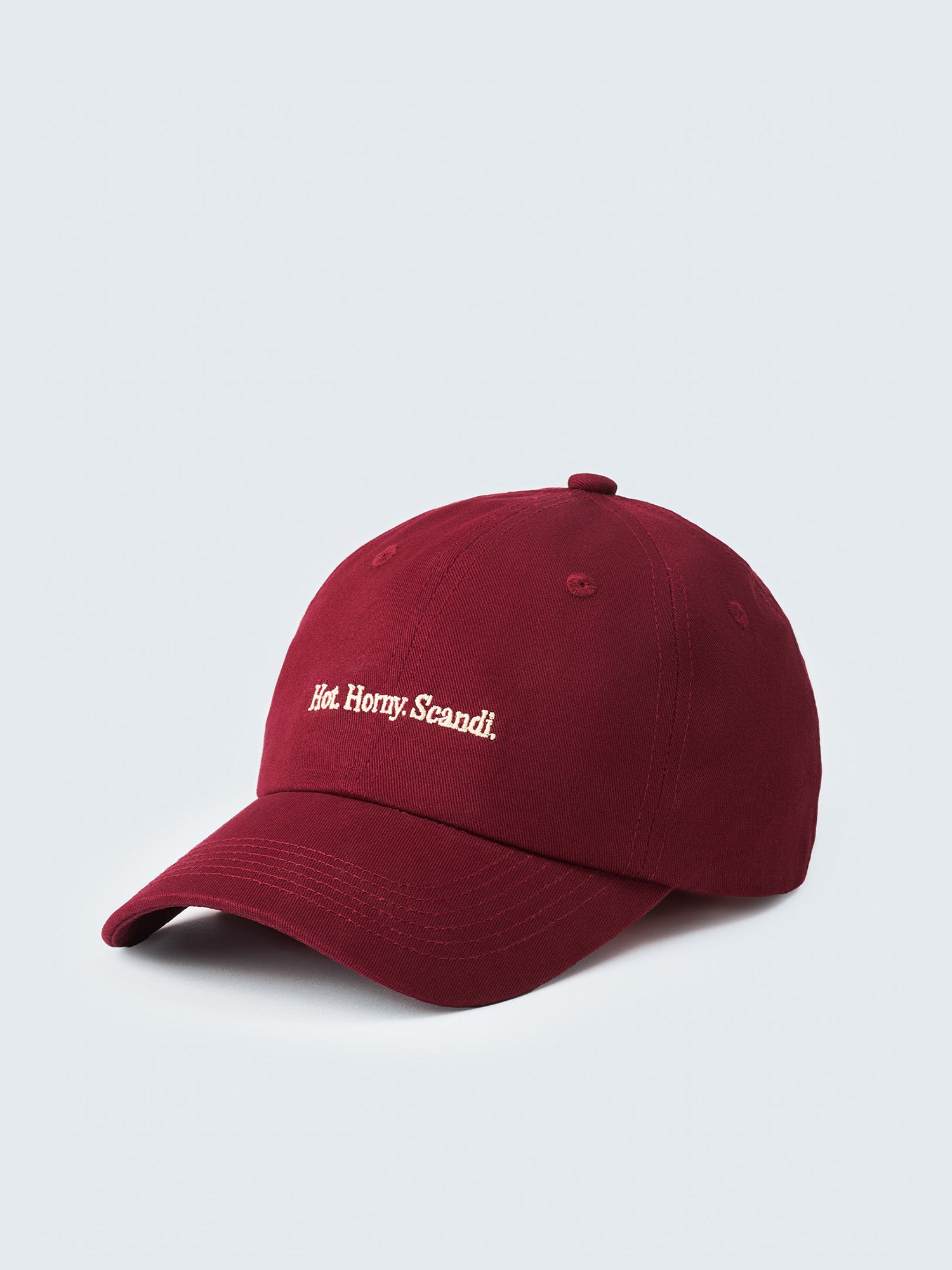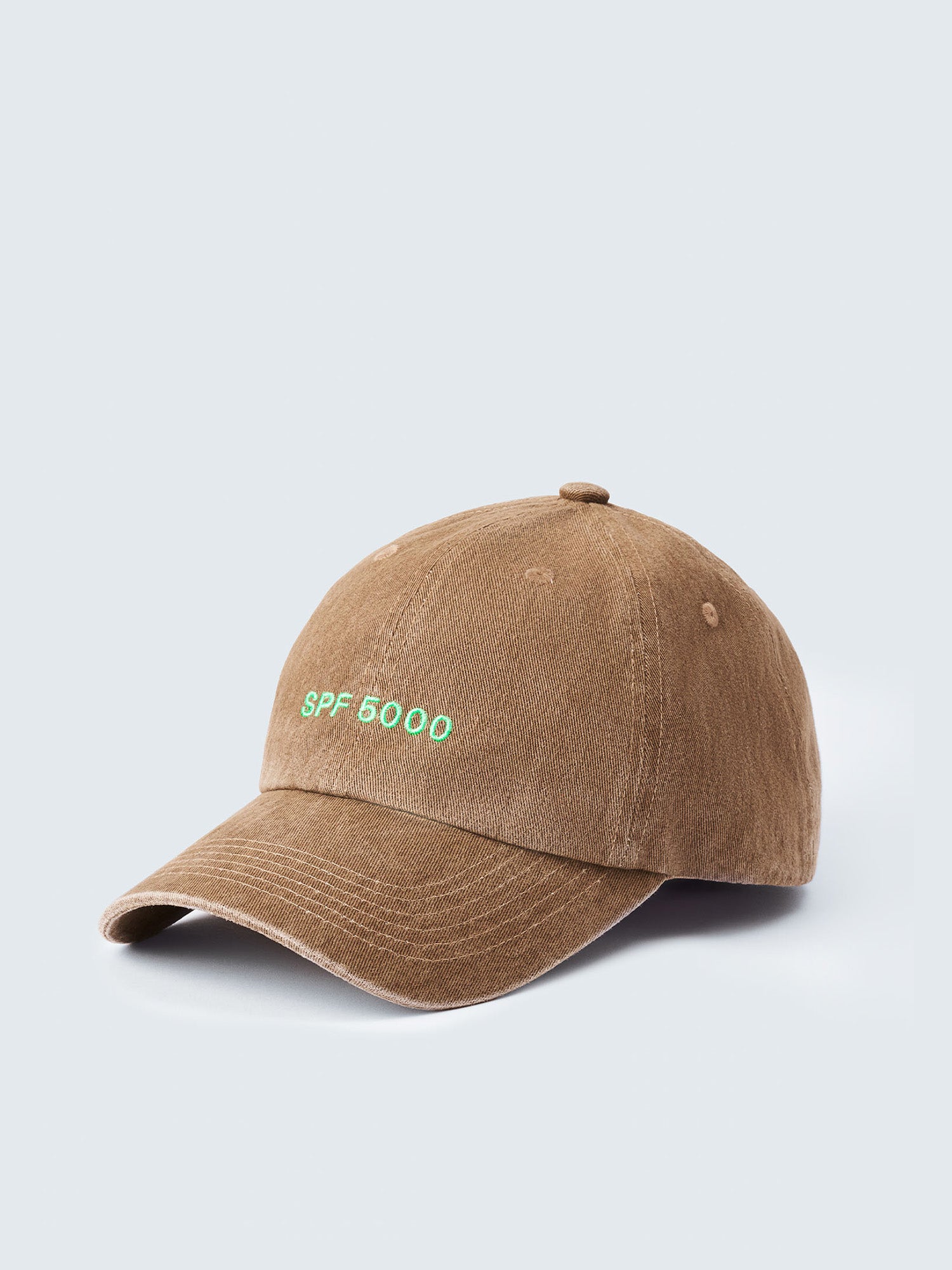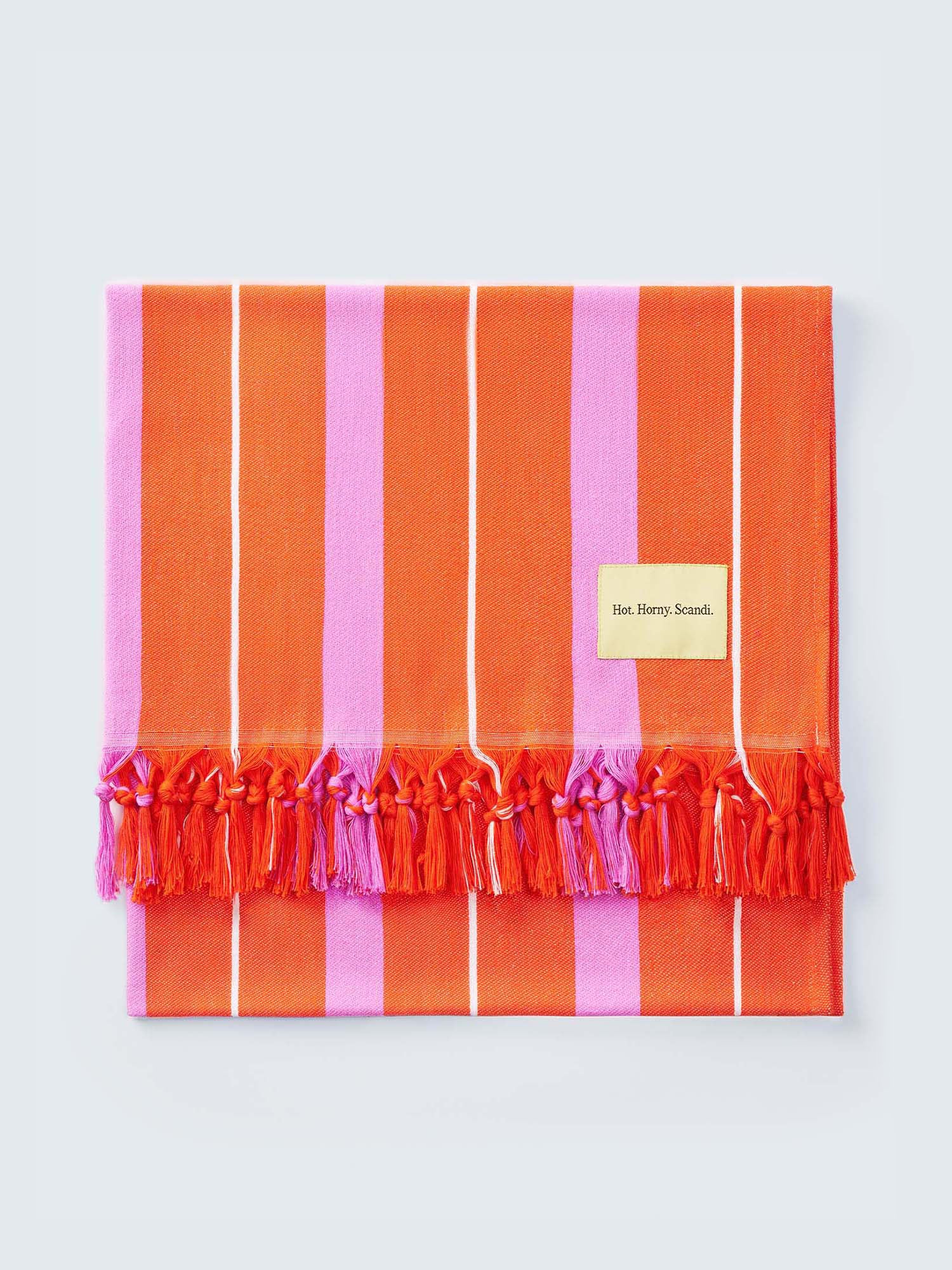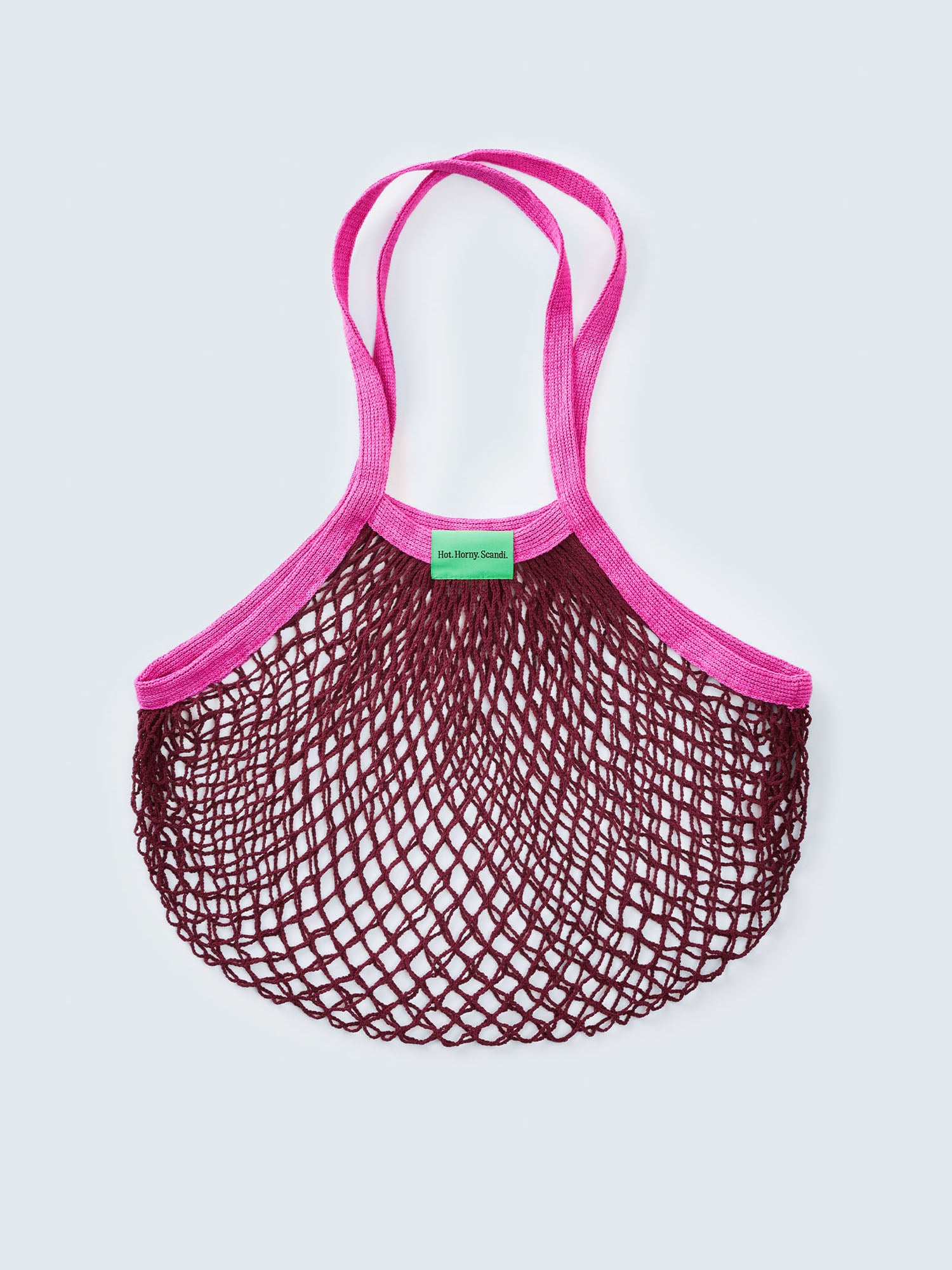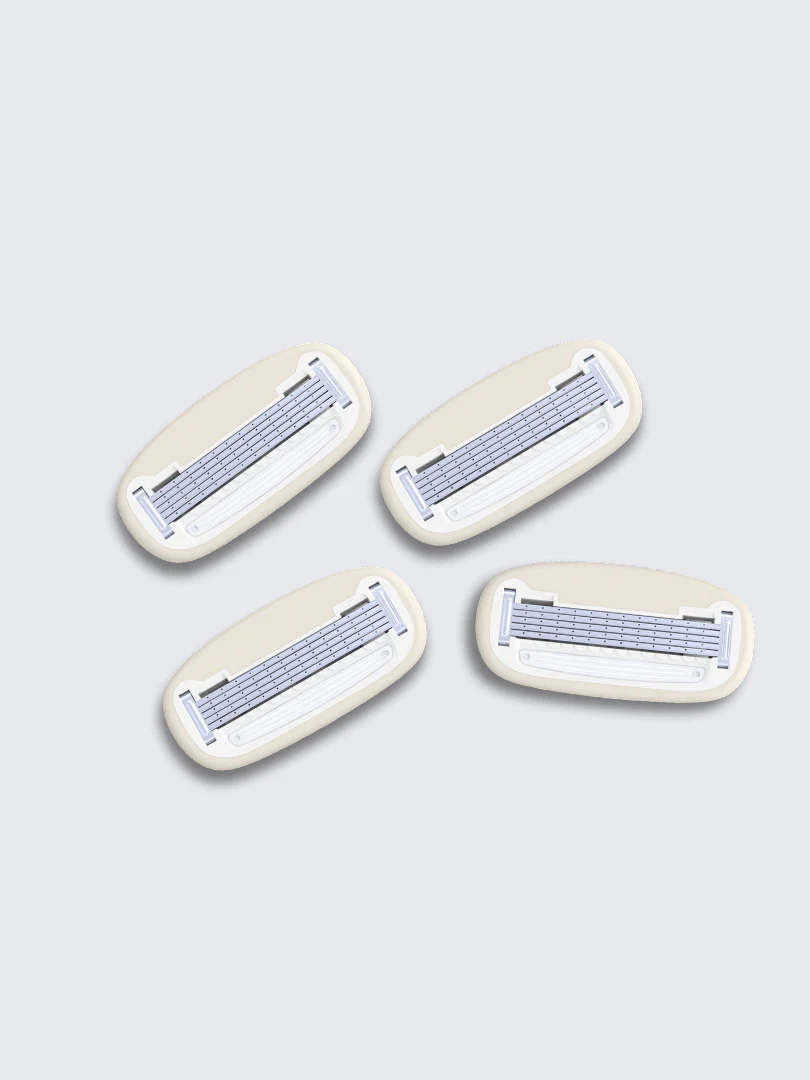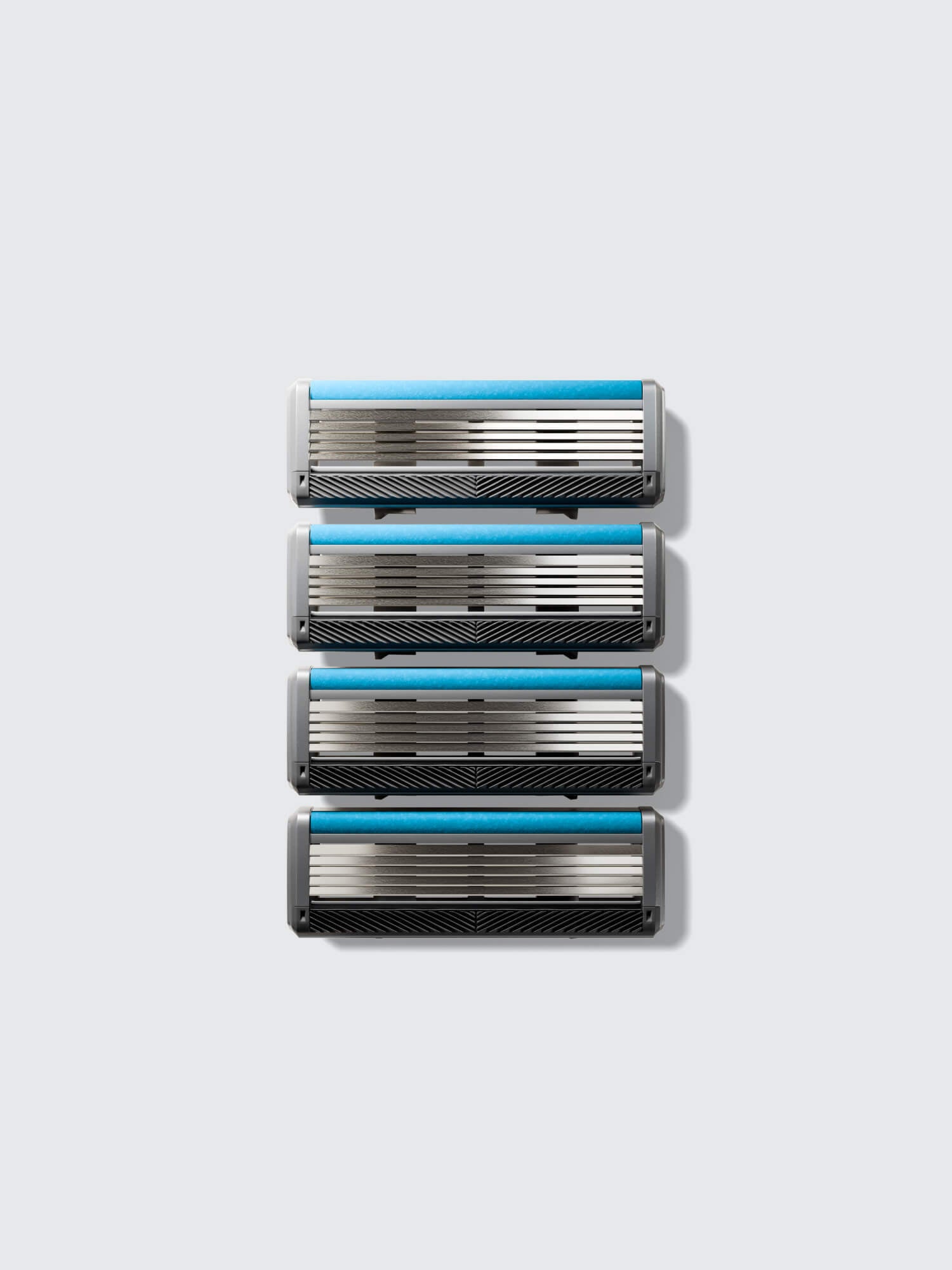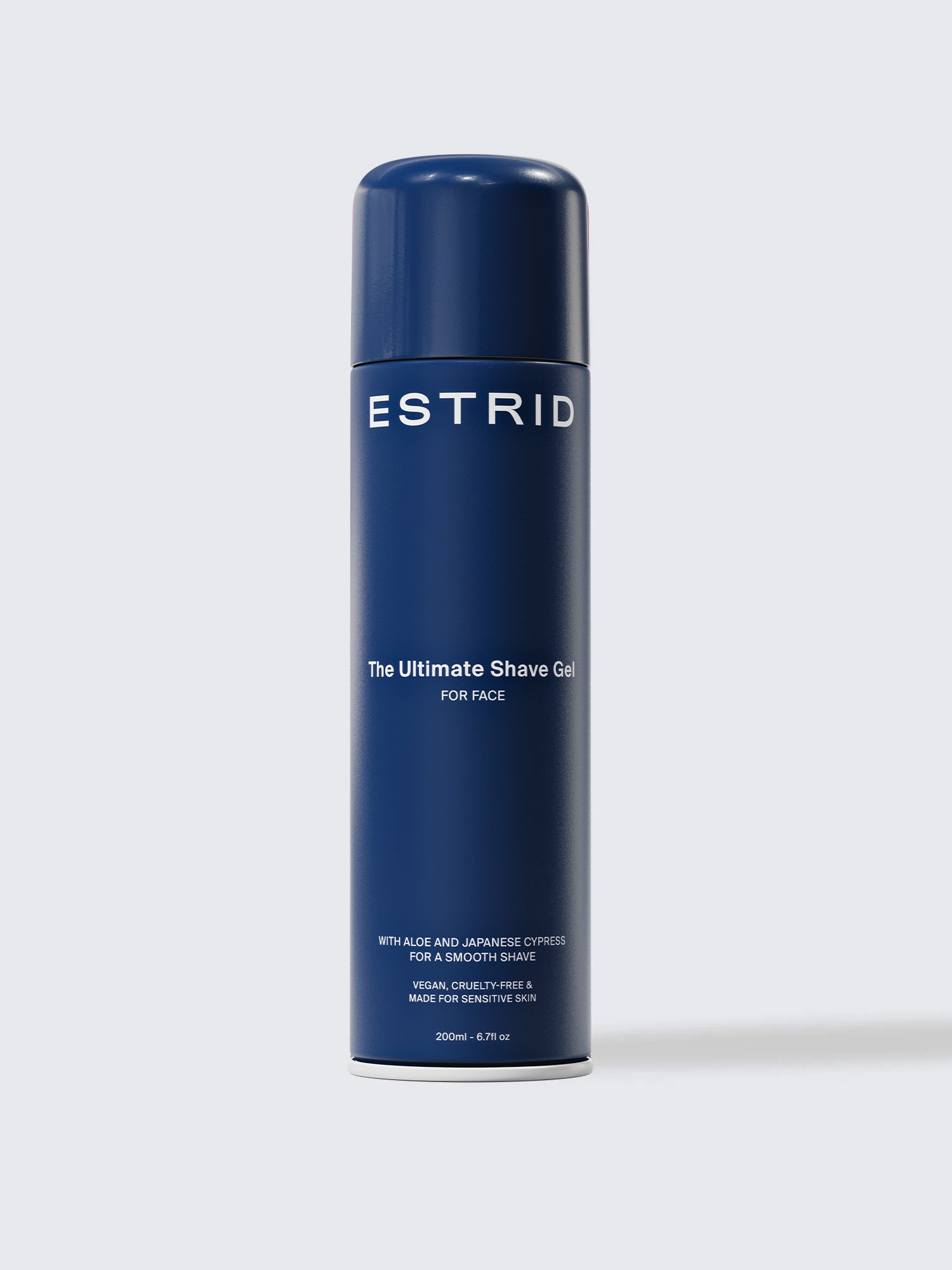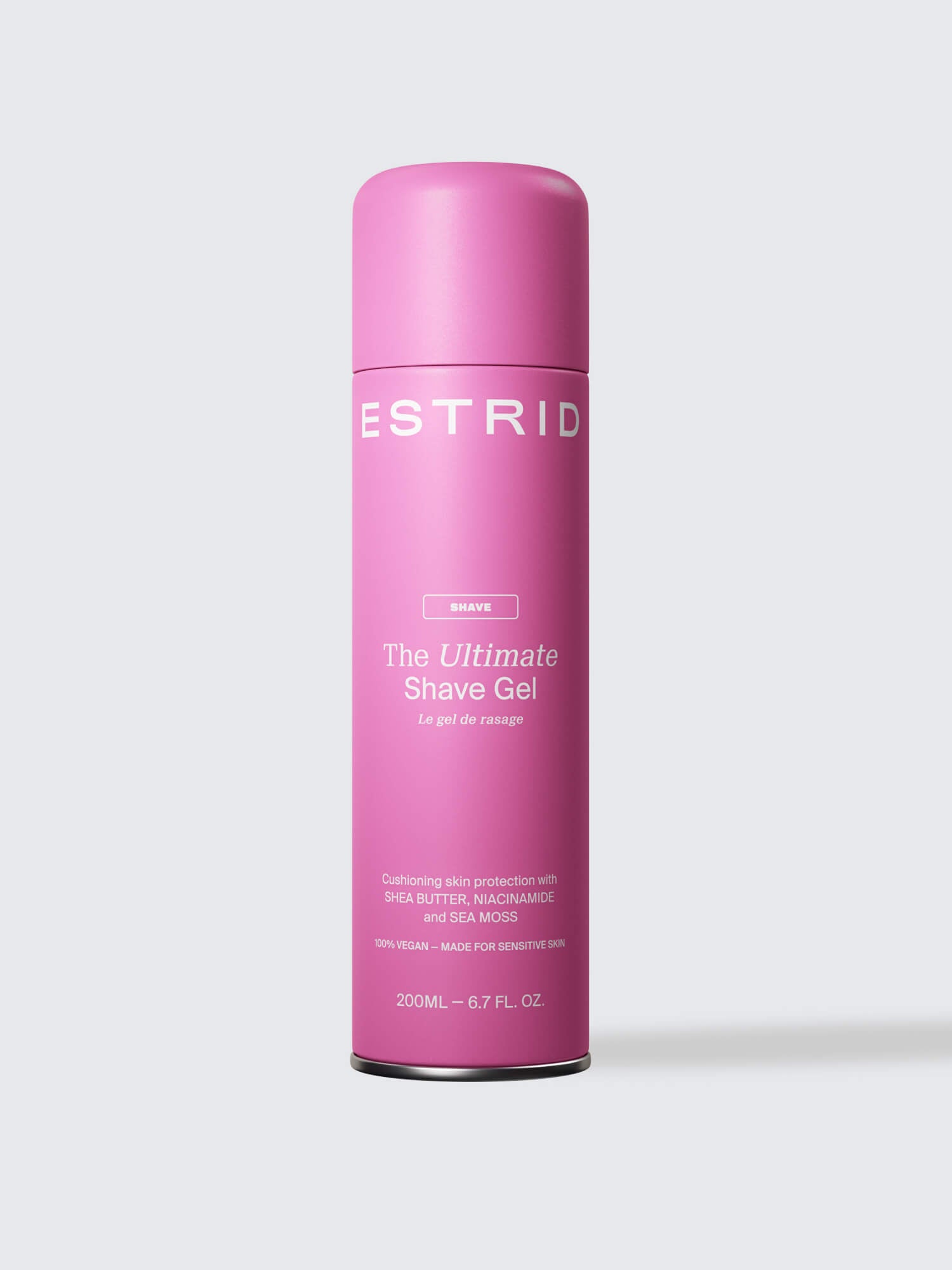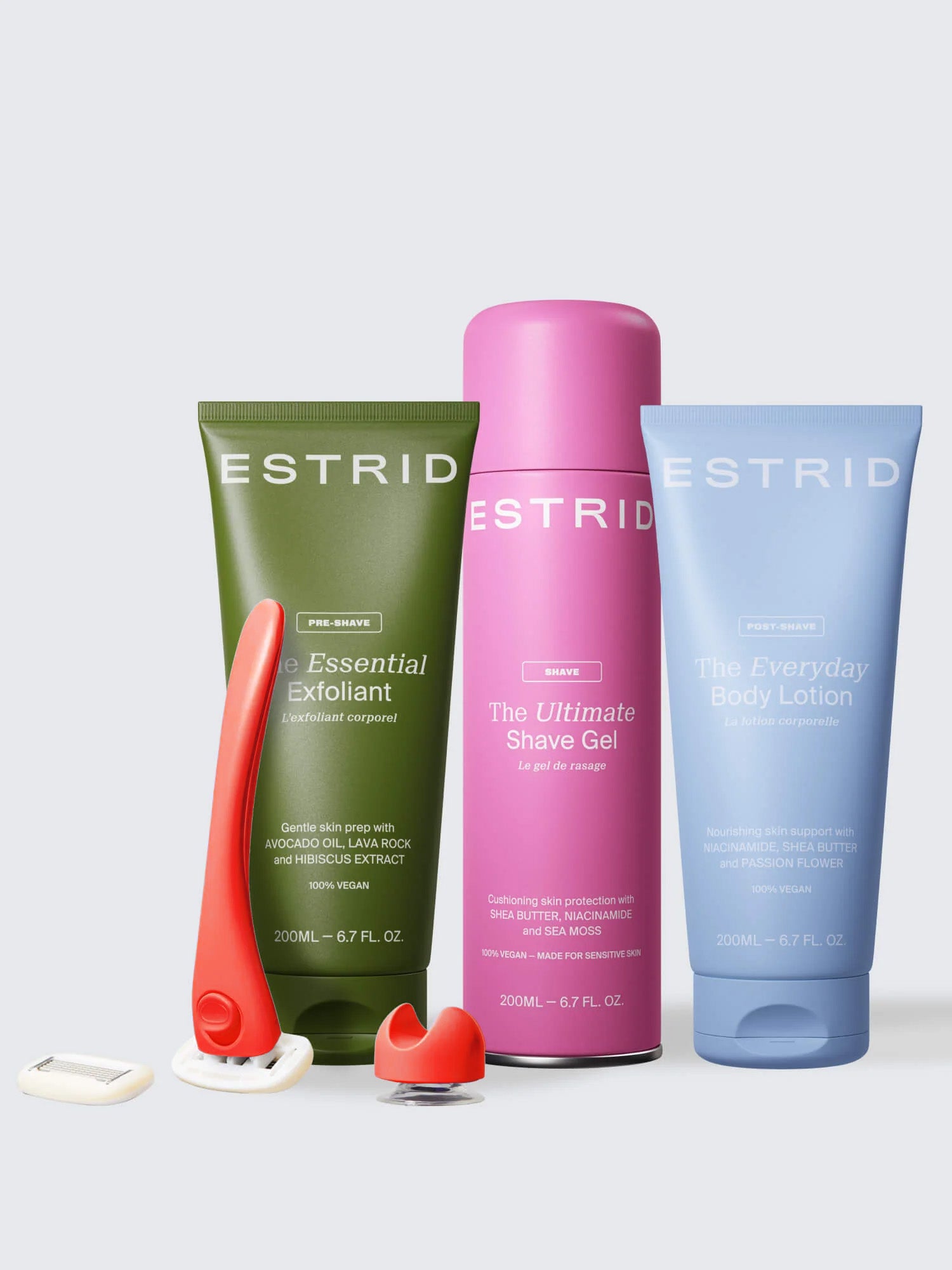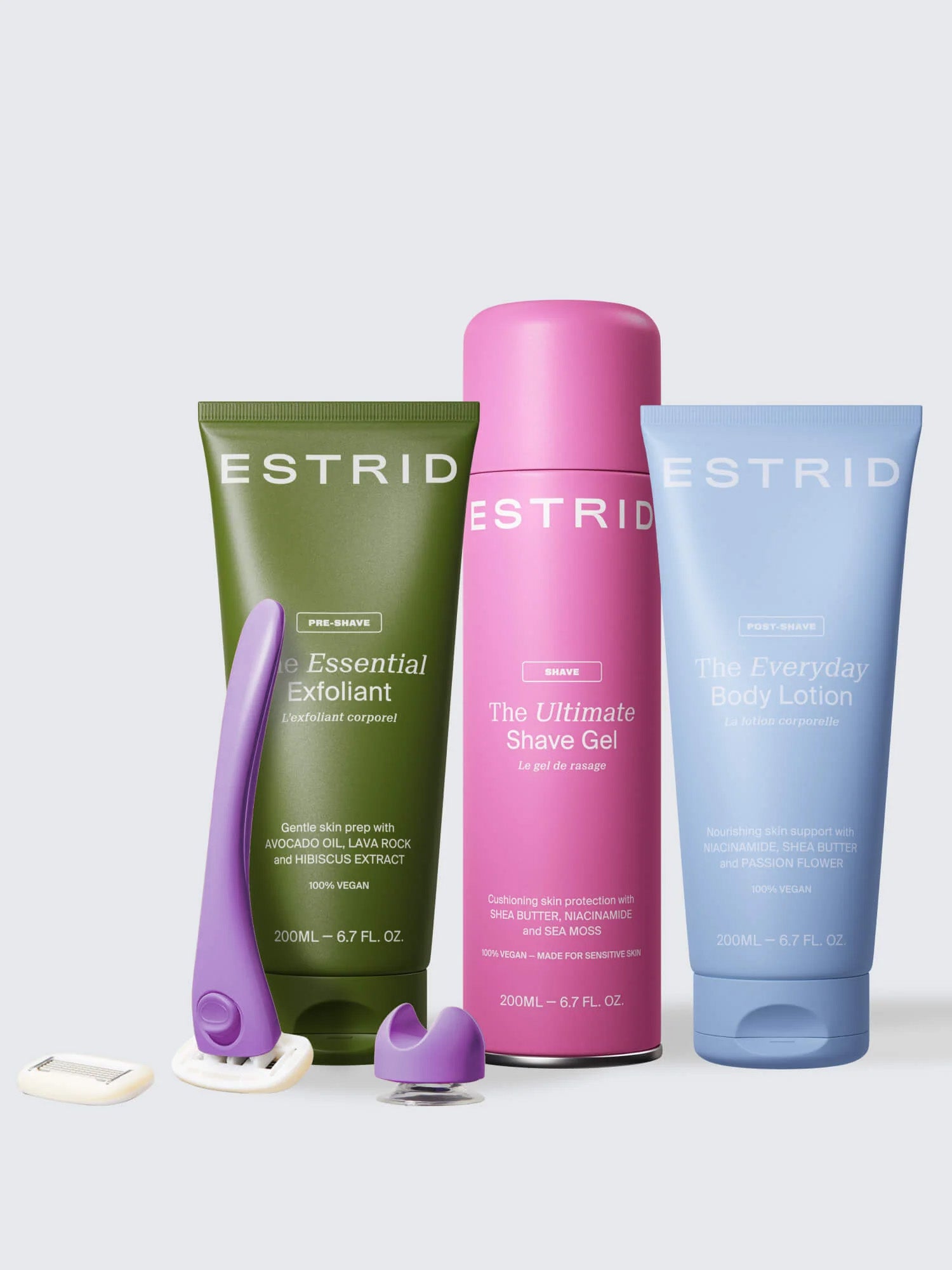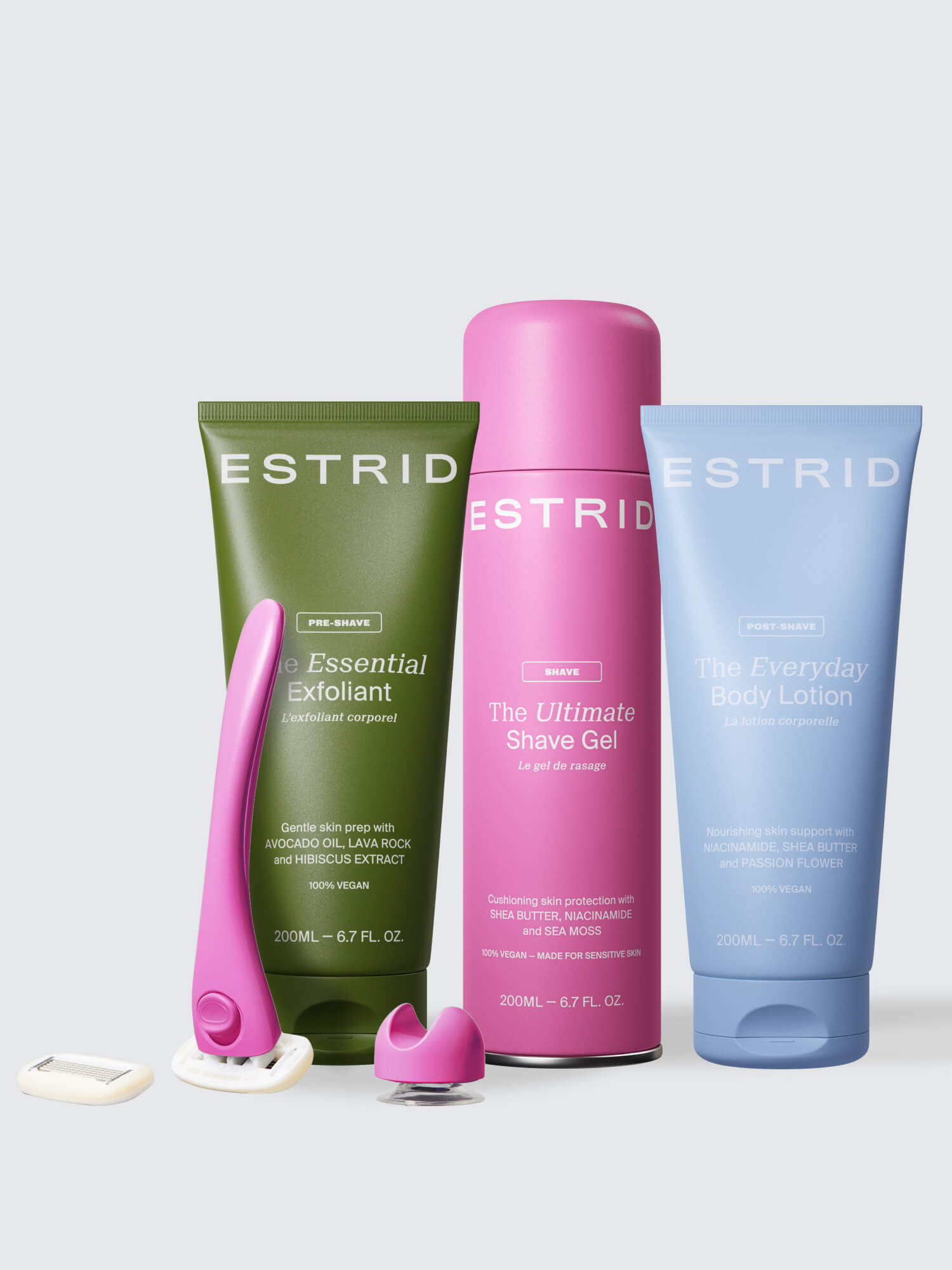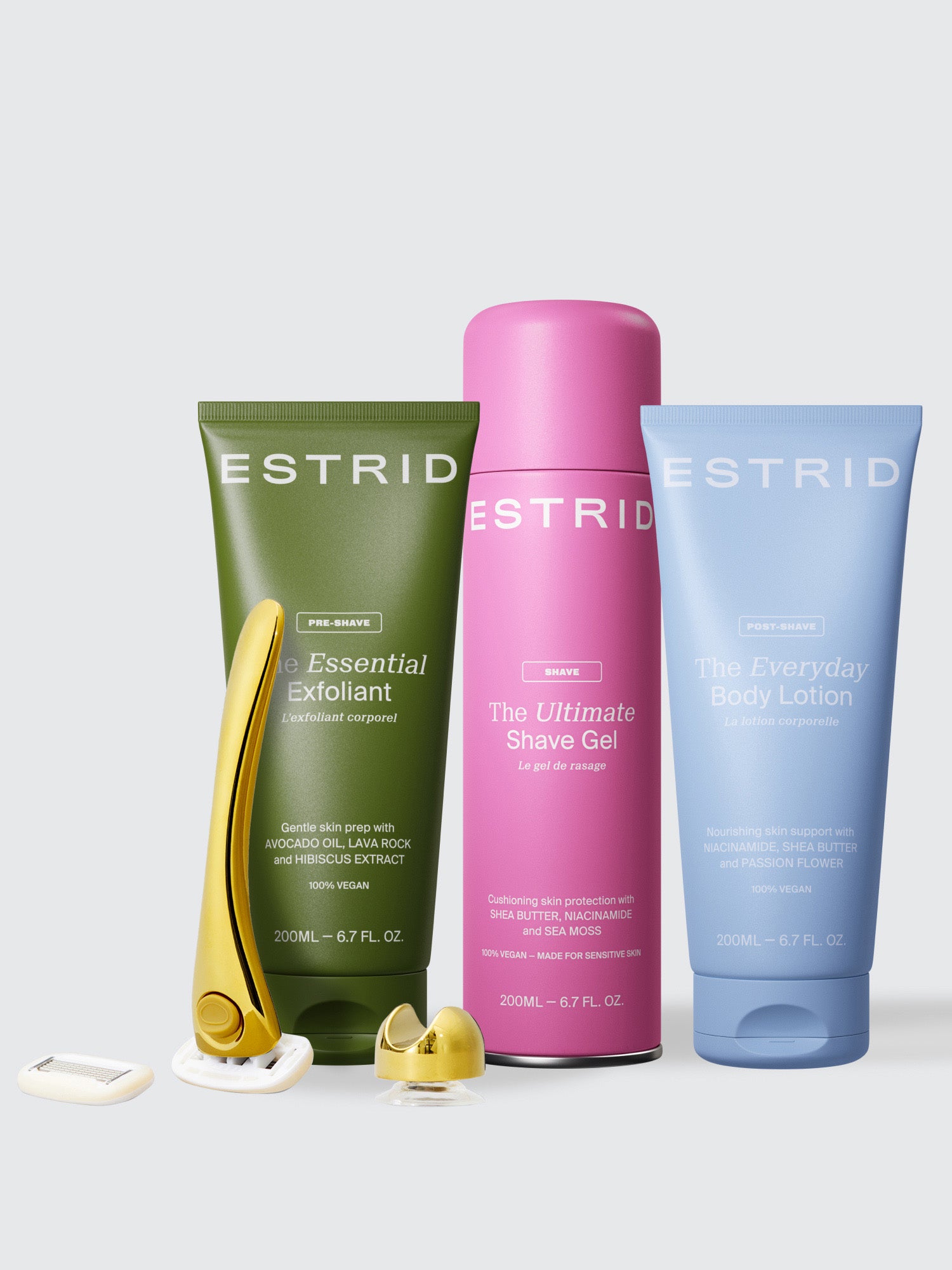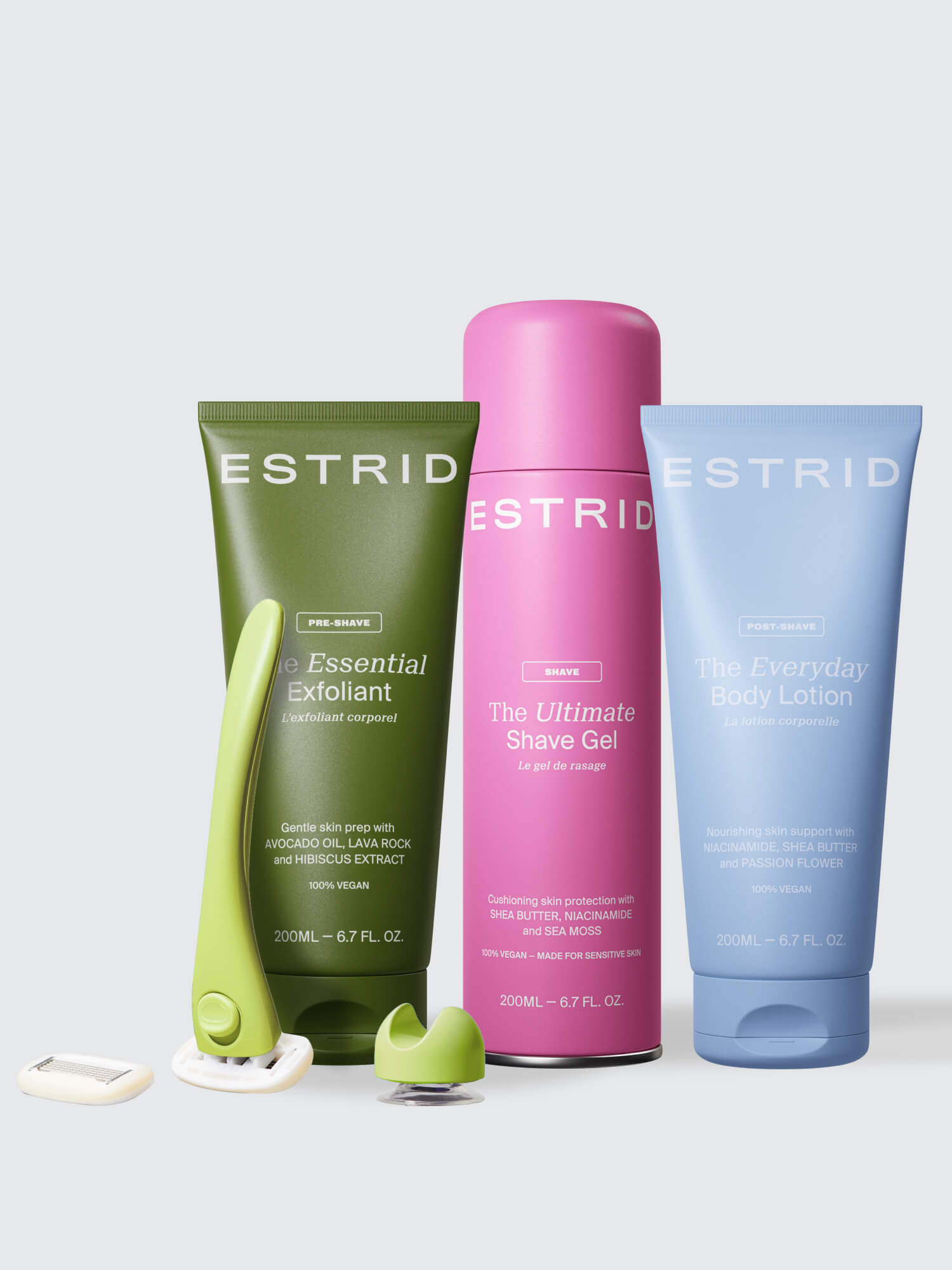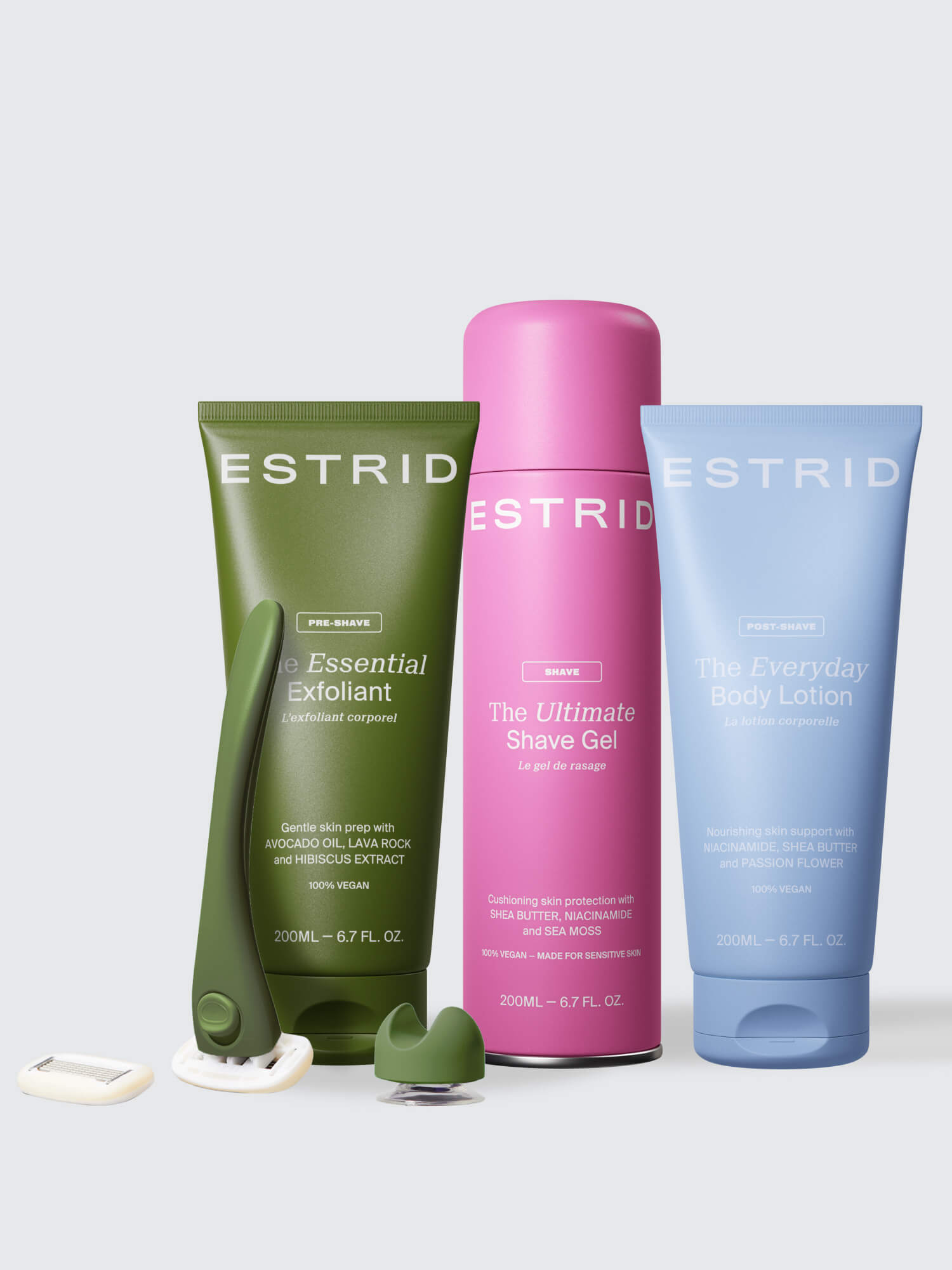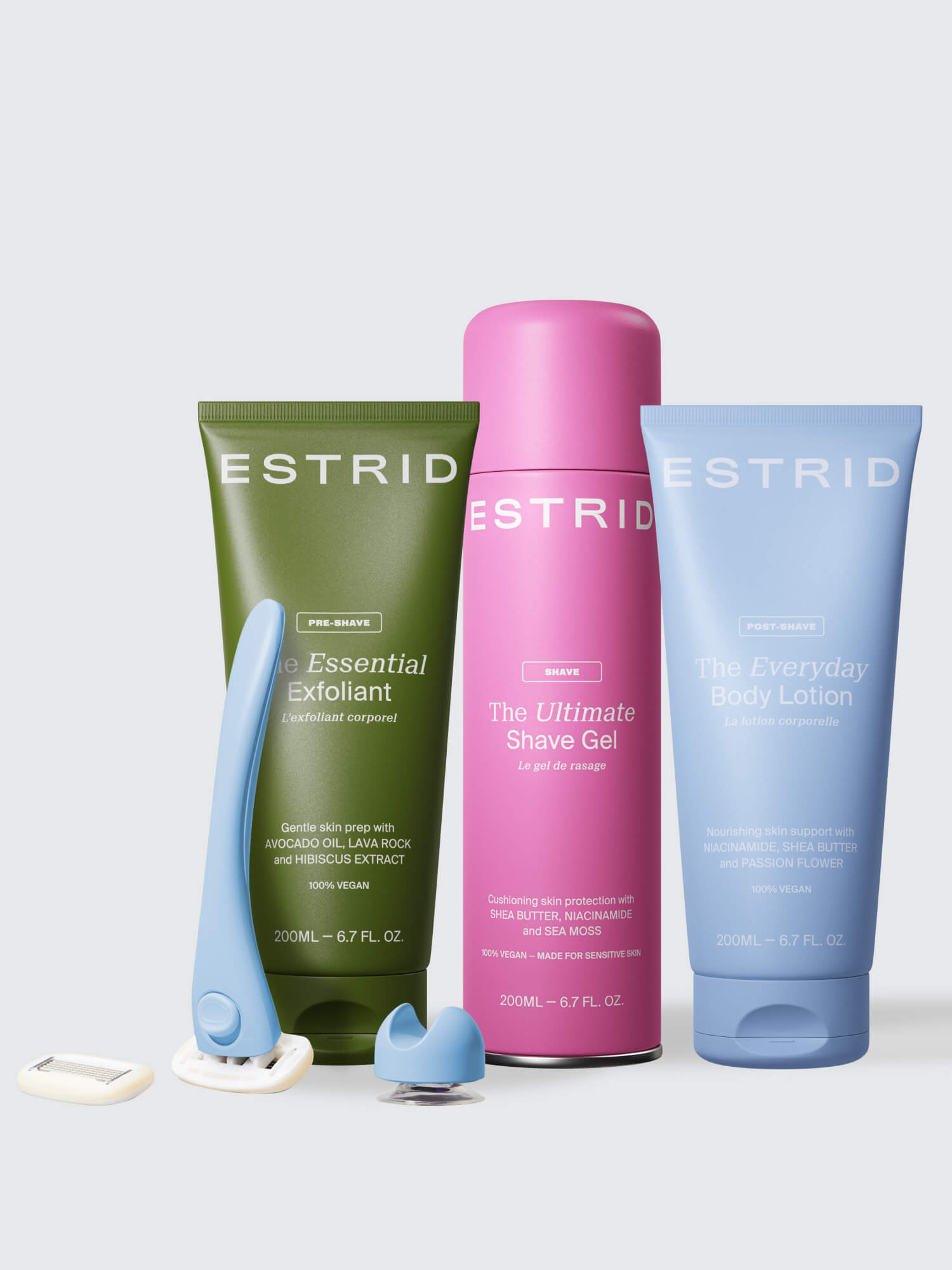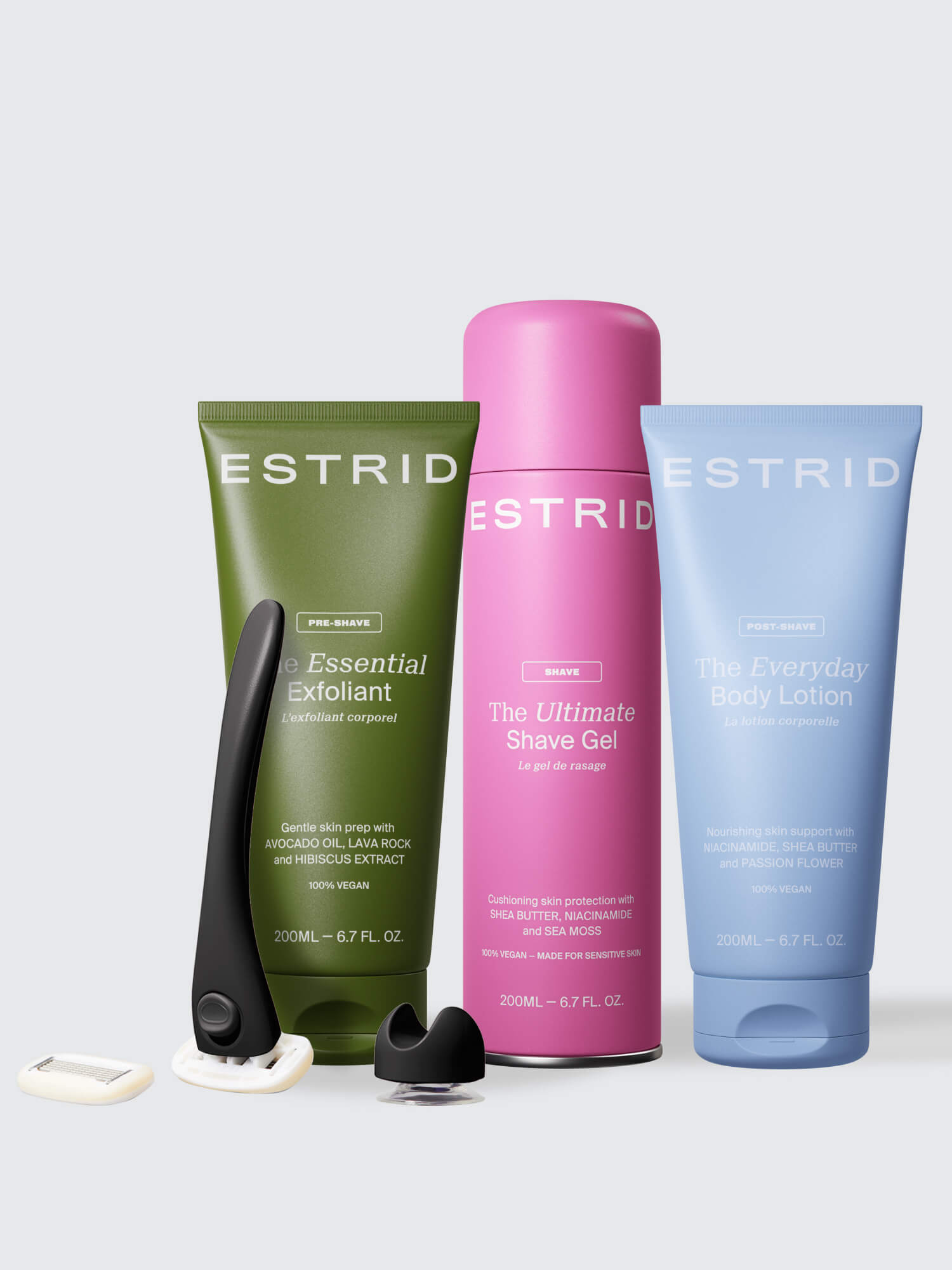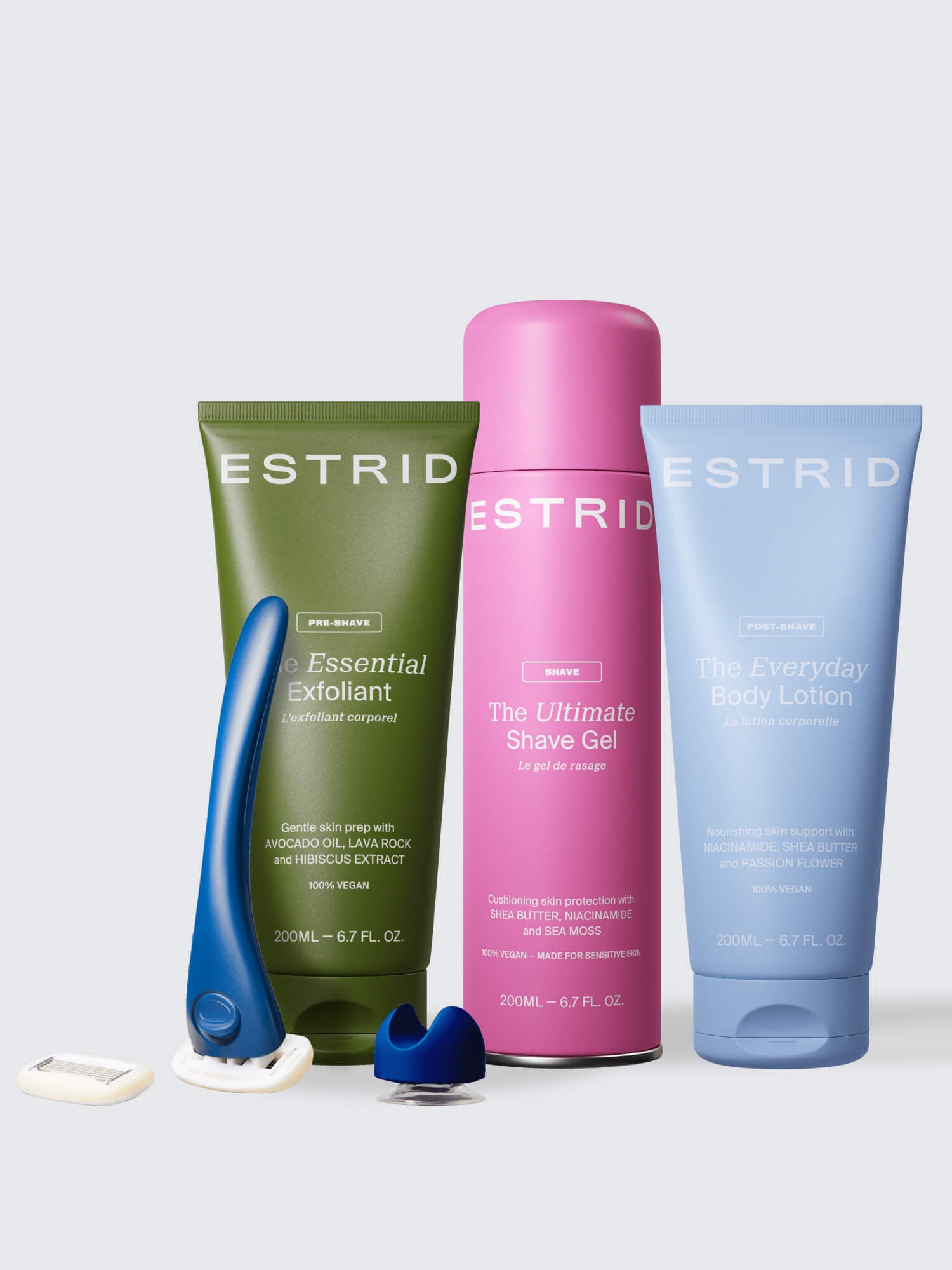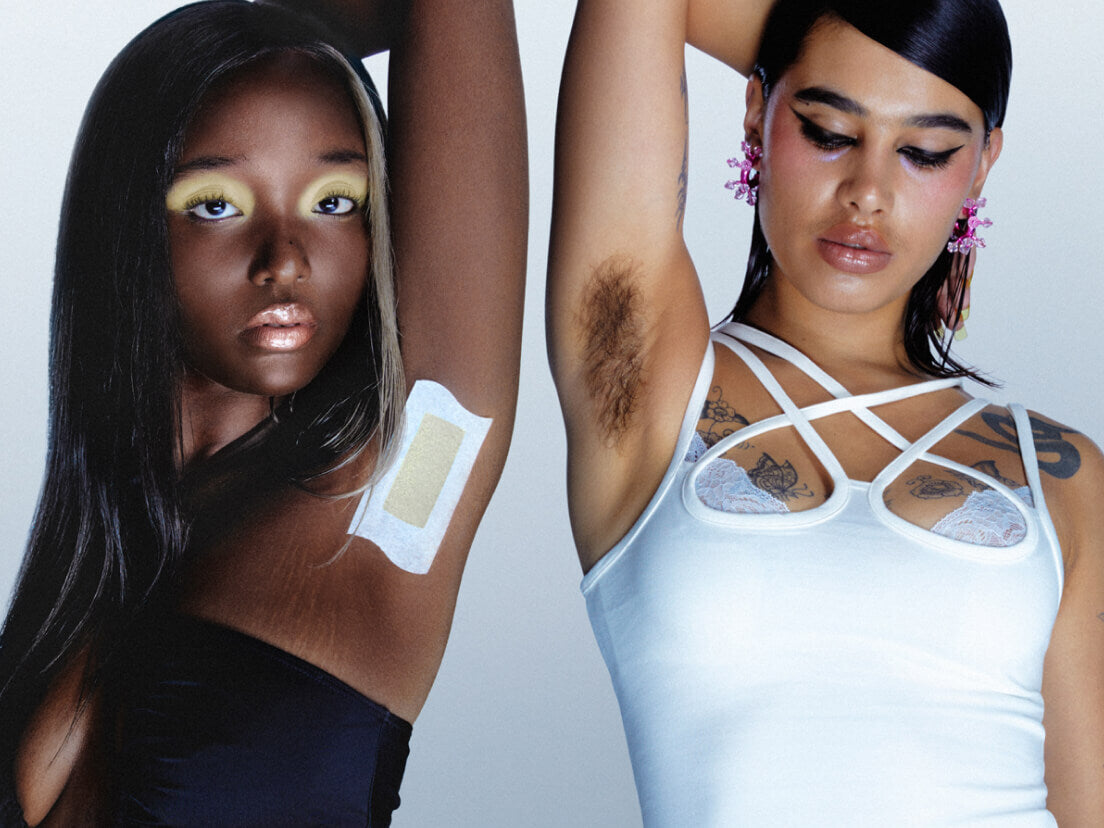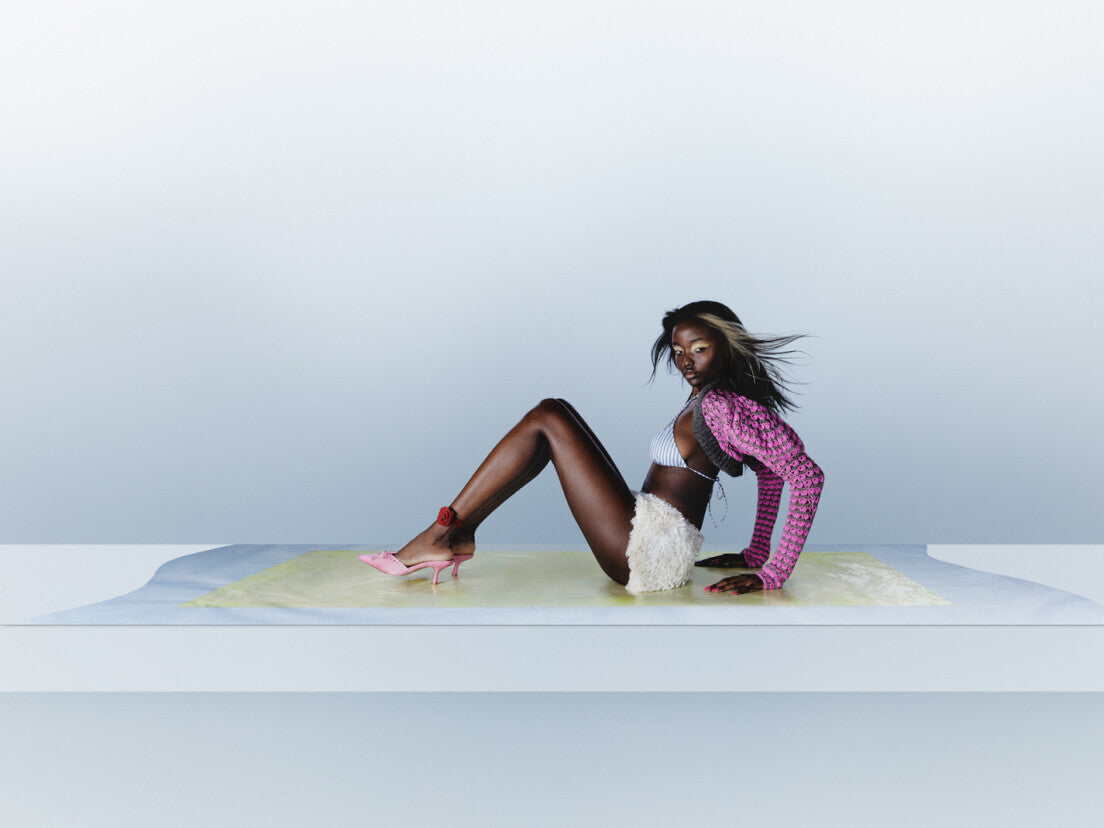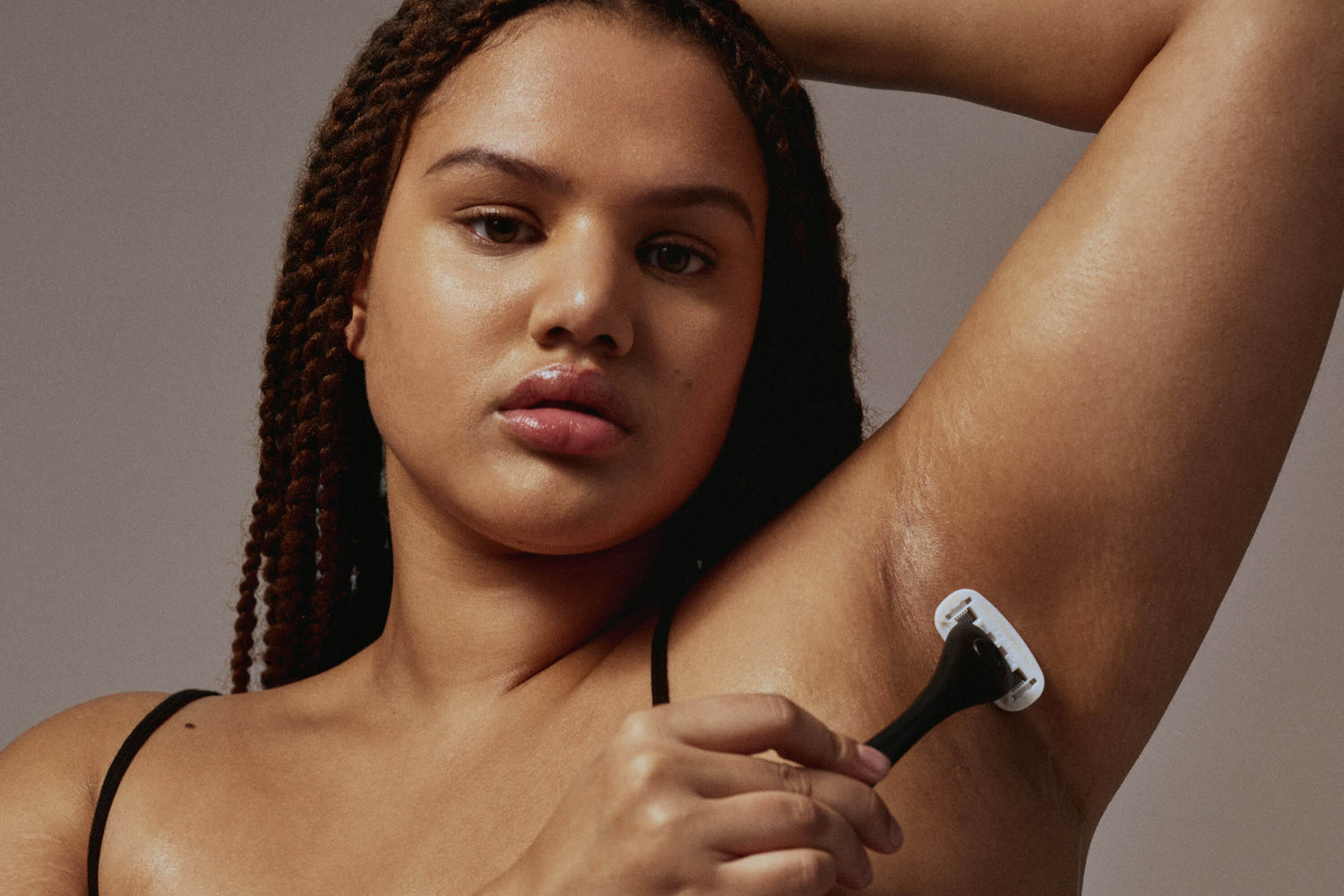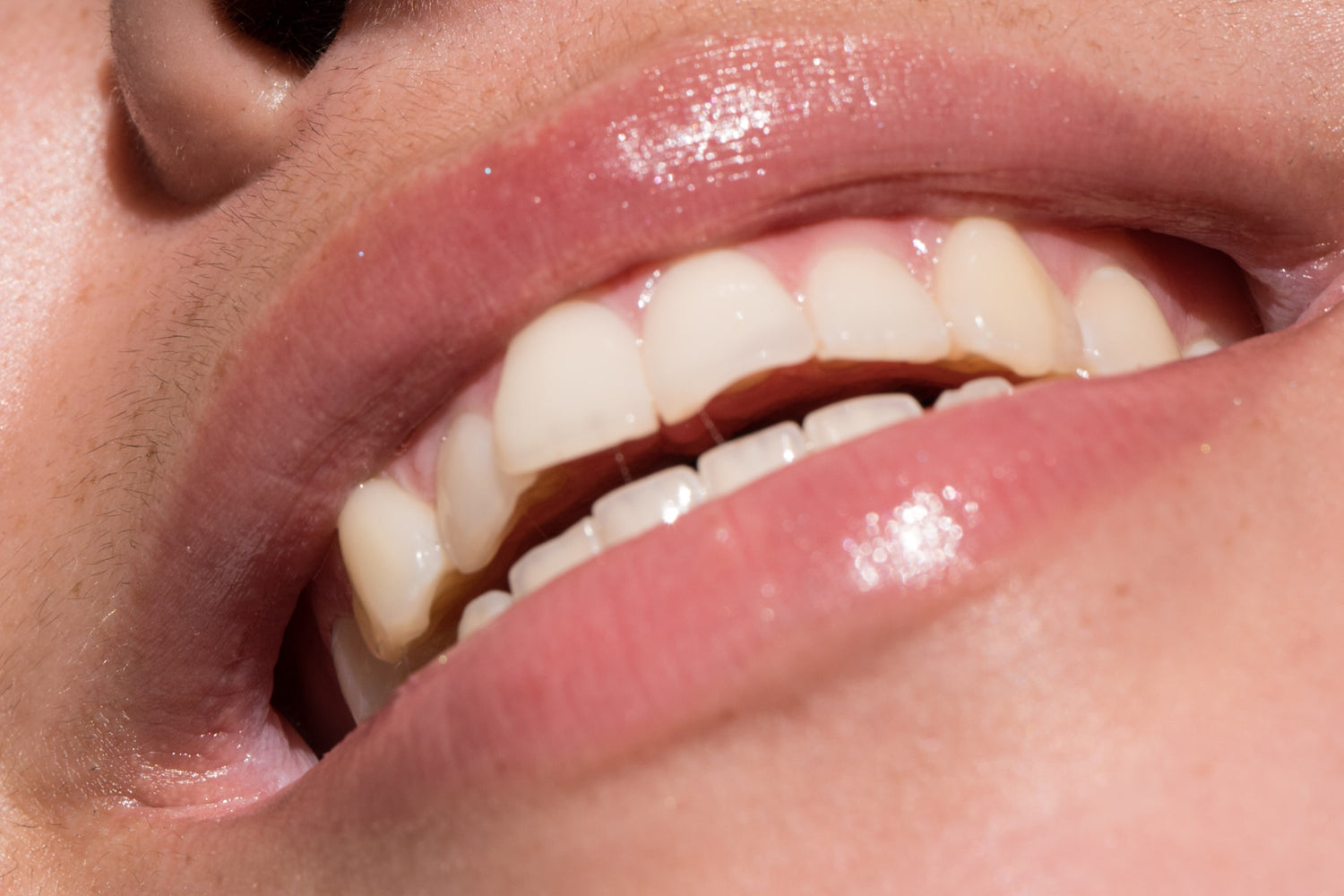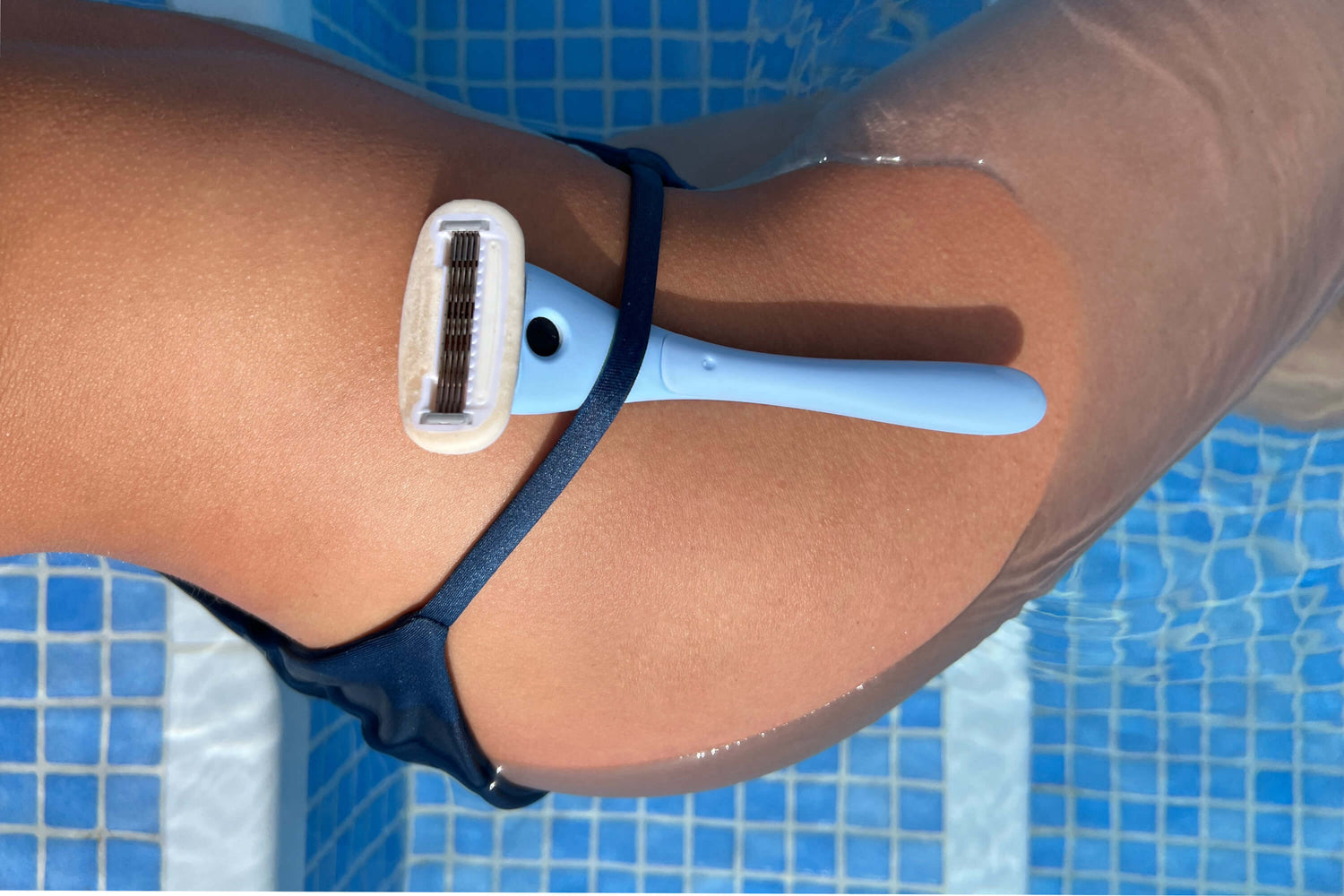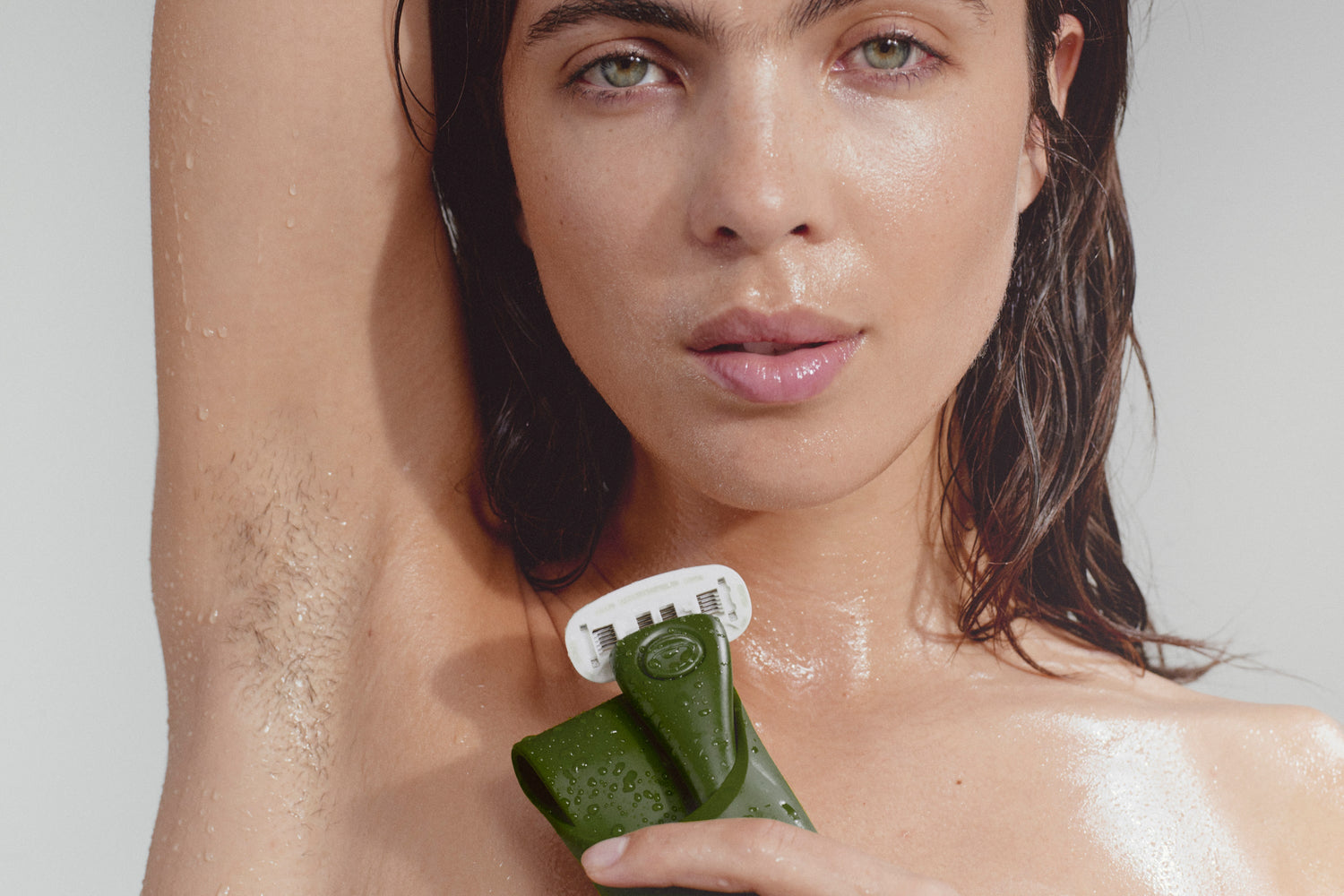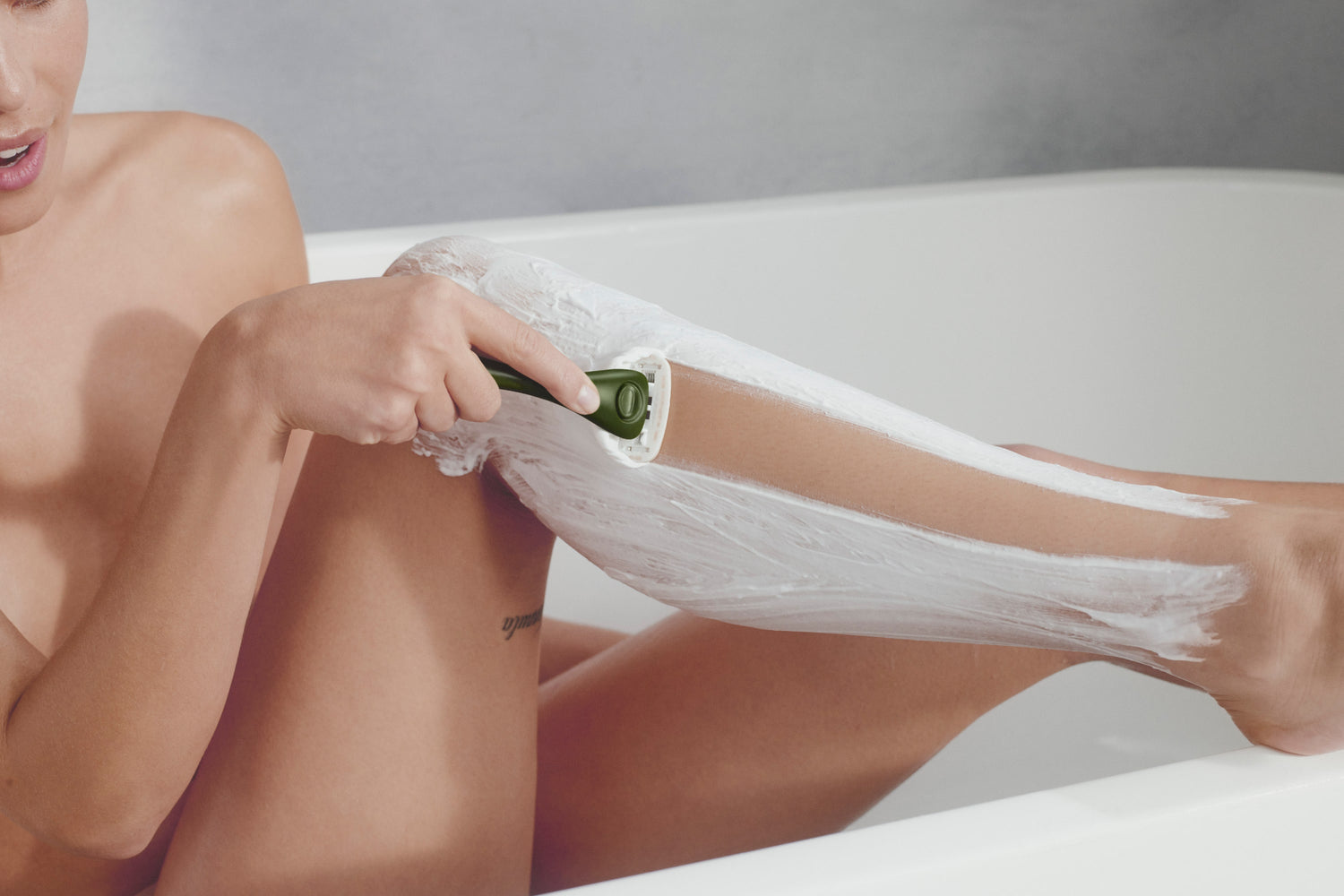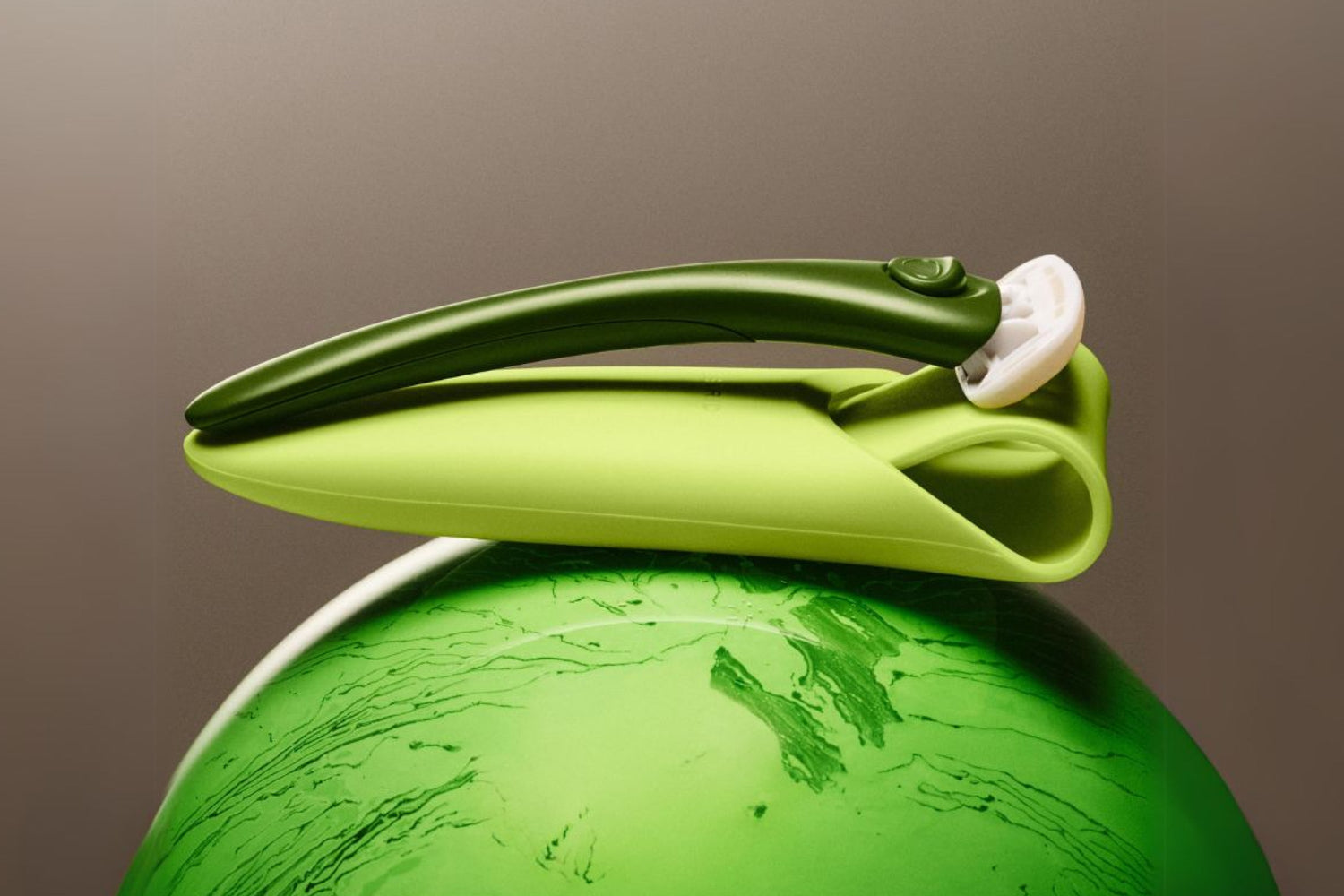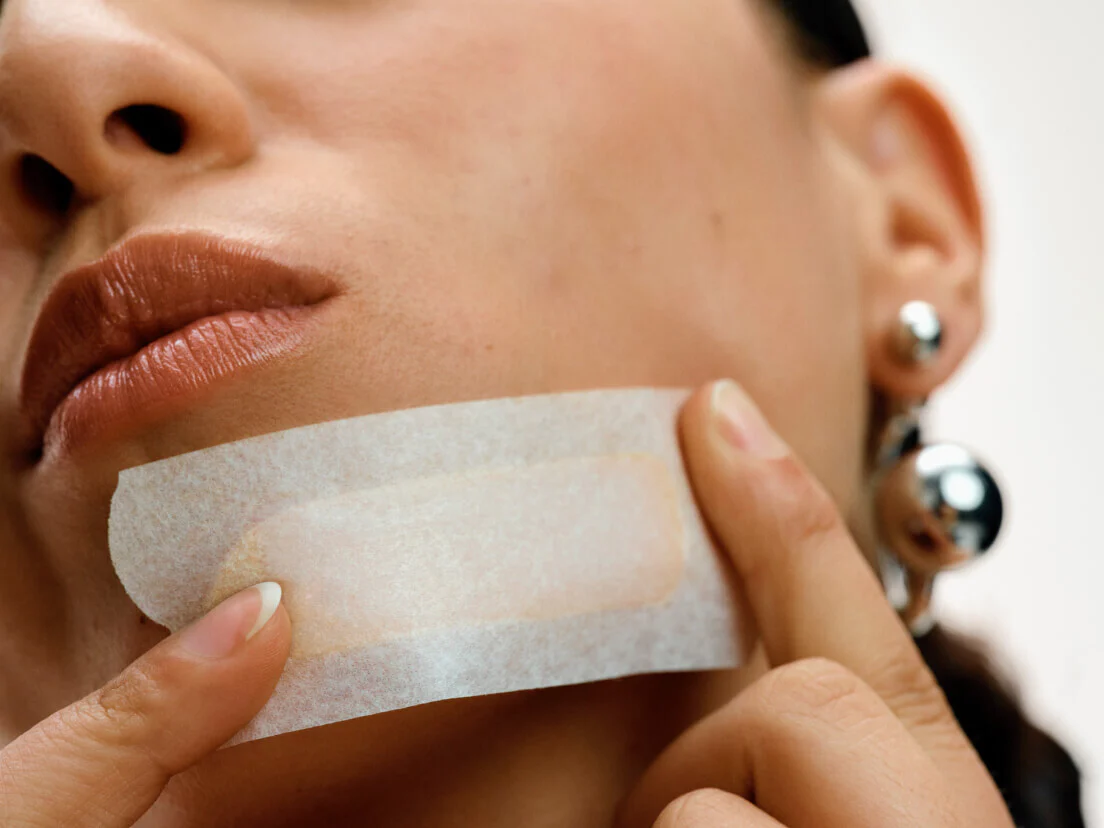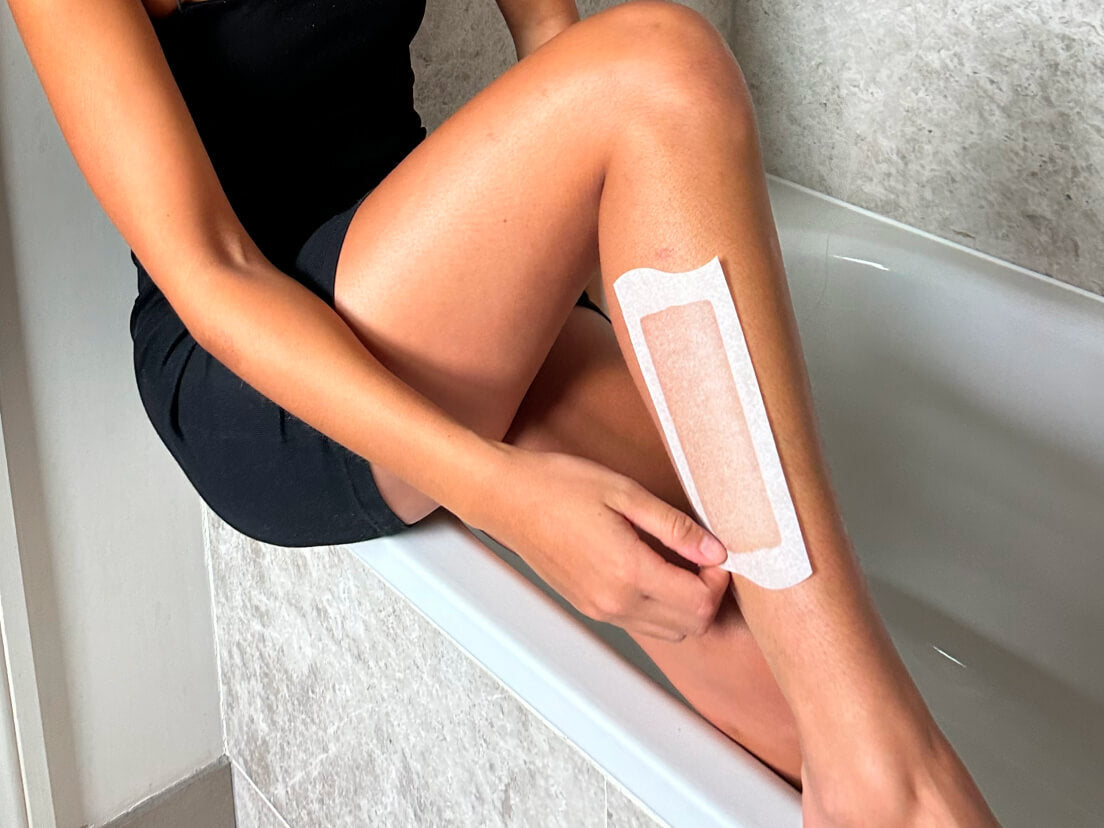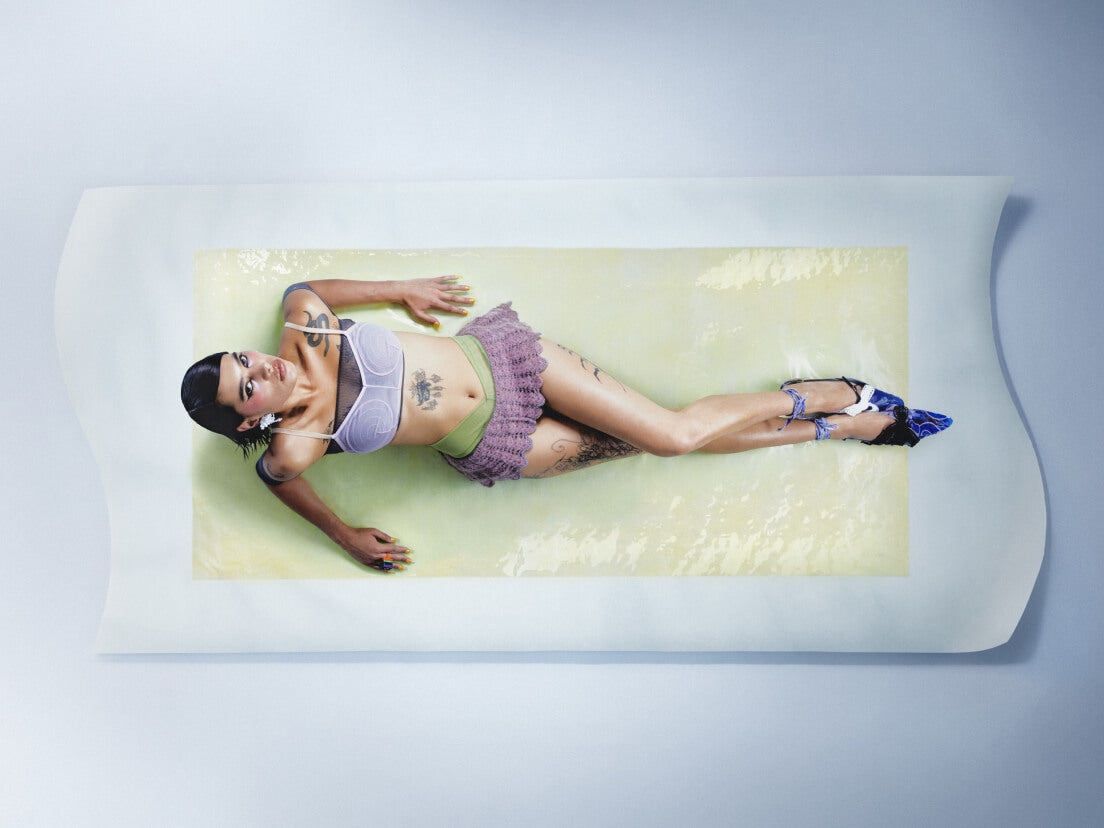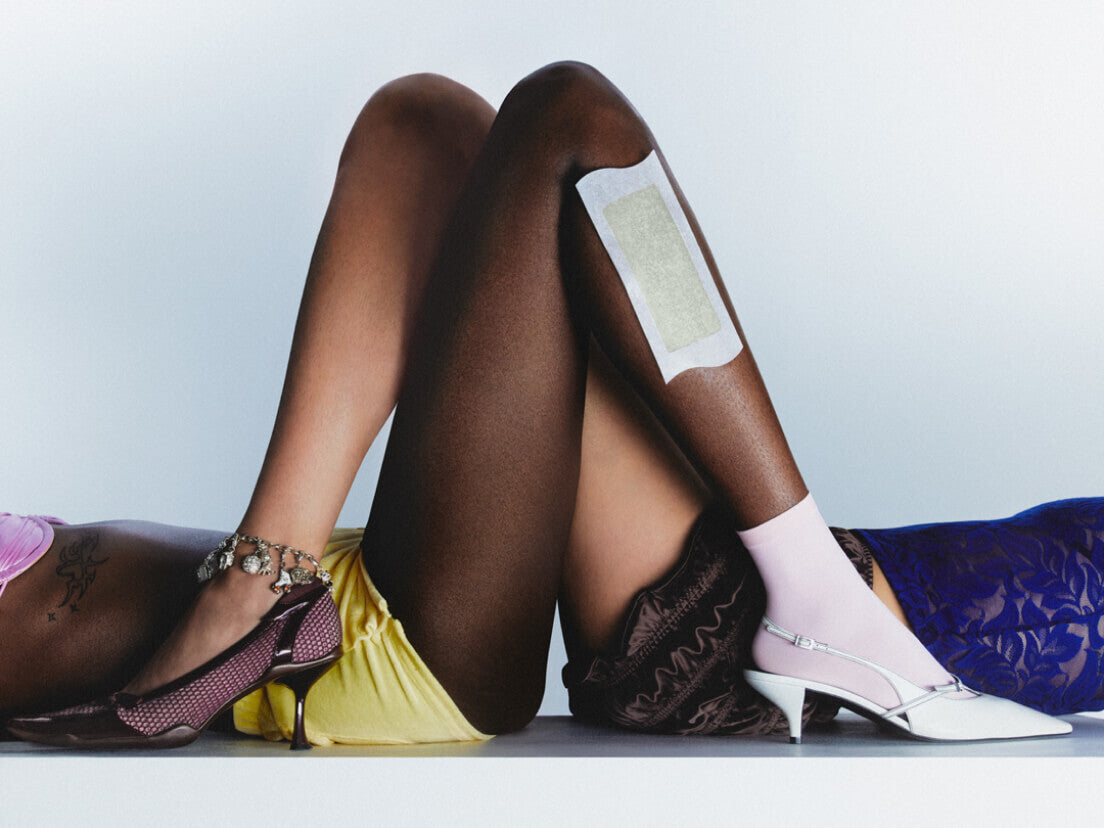Let’s dig a little deeper into understanding dermaplaning and whether or not it’s worth the many years of hype. Is it just a fad waiting to die out or does it actually do our skin wonders? Let’s break it down:
What is dermaplaning?
It is a type of physical exfoliation that works in a similar way to microdermabrasion. It doesn’t cause inflammation or disrupt the delicate pH balance of the skin in the way that microdermabrasion and peels can.
What is the dermaplaning process?
The process involves using a sterile, super sharp precision razor blade to gently remove the top layer of dead skin and fine vellus hair, also known as “peach fuzz”. It is less focused on removing dark hair and more on treating the texture of the skin. This may sound intimidating, but it's not as scary as it seems.

How your skin benefits from dermaplaning?
Dermaplaning is beneficial as it stimulates the process of cell regeneration, which improves the appearance of issues like acne scarring and hyperpigmentation. The effects are immediate, leaving the skin looking smooth and glowy, as well as removing the fluff. Dermaplaning gives you the appearance of healthier, silkier skin.
How does dermaplaning enhance your skincare ritual?
As we mentioned before, dermaplaning is a hard working exfoliation technique. It works to create a smooth and even surface for your skincare products to penetrate deeper into the skin, allowing active ingredients in serums and moisturisers to be more effective. You should notice a brighter, more dewy hydrated complexion. To maintain the pro glow, it's best to keep your skincare routine super simple. We recommend using a gentle cleanser, serum, moisturiser, and SPF to protect your skin from harmful pollutants and UV exposure. This will keep your skin looking healthier for longer.
How your makeup benefits from dermaplaning?
Picture a flawless, canvas-like complexion ready to be painted on. After dermaplaning, your skin will have absorbed your skincare products, allowing your foundation, concealer, and other makeup to glide on smoothly and evenly. This creates a polished, long-lasting finish that levels up your natural glow.

Oilplaining vs Dermaplaning
According to TikTok, there’s a new wave of dermaplaning called "oilplaning", which involves applying facial oil to your skin before shaving it. This may seem like a slippy safety hazard, but dermatologists say it's actually better for your skin, especially if you have dry or sensitive skin. By applying an emollient-rich facial oil before shaving, you add a layer of protection to the skin barrier and increase the glide of your blade, which reduces the risk of irritation and nicks. We recommend if you’re acne or rosacea prone it's best to stick to traditional dermaplaning on dry skin or steer clear of this hair removal method altogether. Never ever dermaplane on active acne or broken skin.
Does your hair grow back thicker or more stubbly after dermaplaning?
The blade of a precision razor is so fine and sharp that it glides across the skin like silk, delivering the ultimate level of precision. In contrast, for women, the reason you wouldn’t want to use a typical shaving razor on your face is that it cuts the hair more coarsely and bluntly, giving the regrowth a stubbly feel.
For best results where should and shouldn’t you be dermaplaning?
Dermaplaning can be done on most areas of the face, including the cheeks, forehead, chin, and neck. However, there are some areas that should be avoided, namely active acne breakouts, open wounds or cuts on the skin. This is because you don’t want to upset the skin further. Dermaplaning around delicate areas like the eyelids and lips should be avoided.
Dermaplaning does take a little bit of getting used to, technique wise. If you find yourself going over the same area of skin more than a couple of times you may be risking taking off too many layers of skin, causing small scratches and even scars, which can take a long time to heal.
Check out our guide to how-to dermaplane for everything you need to know before, during and after your dermaplaning.
